The Weimar Republic IB History
1/62
There's no tags or description
Looks like no tags are added yet.
Name | Mastery | Learn | Test | Matching | Spaced |
|---|
No study sessions yet.
63 Terms
Wilhelm II
Leader of Germany during WWI; He abdicated in October 1918.
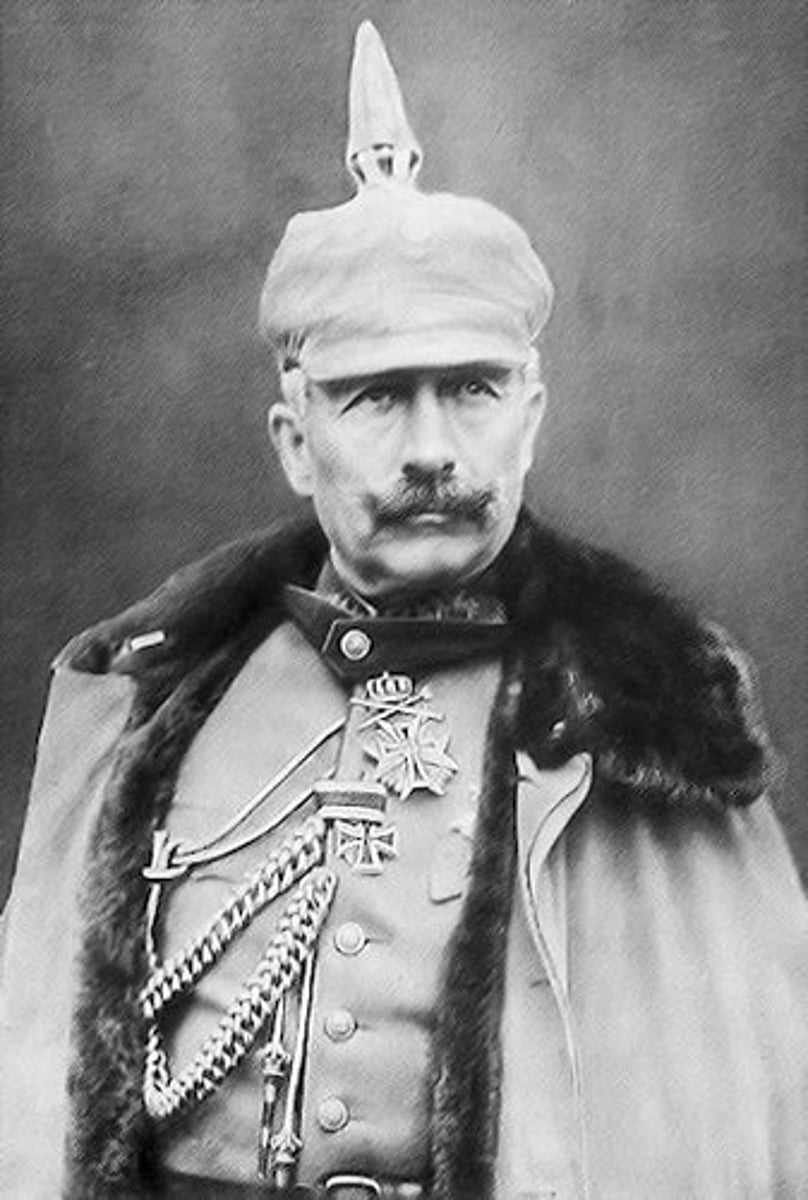
Armistice Day
November 11, 1918 (11th hour of the 11th day of the 11th month); Germany signed an armistice (an agreement to stop fighting); this US holiday is now known as Veterans Day

WWI
2 million German soldiers died and Government debt increased from 50 billion marks to 150 billion marks; revolts broke out; workers and soldiers councils set up.
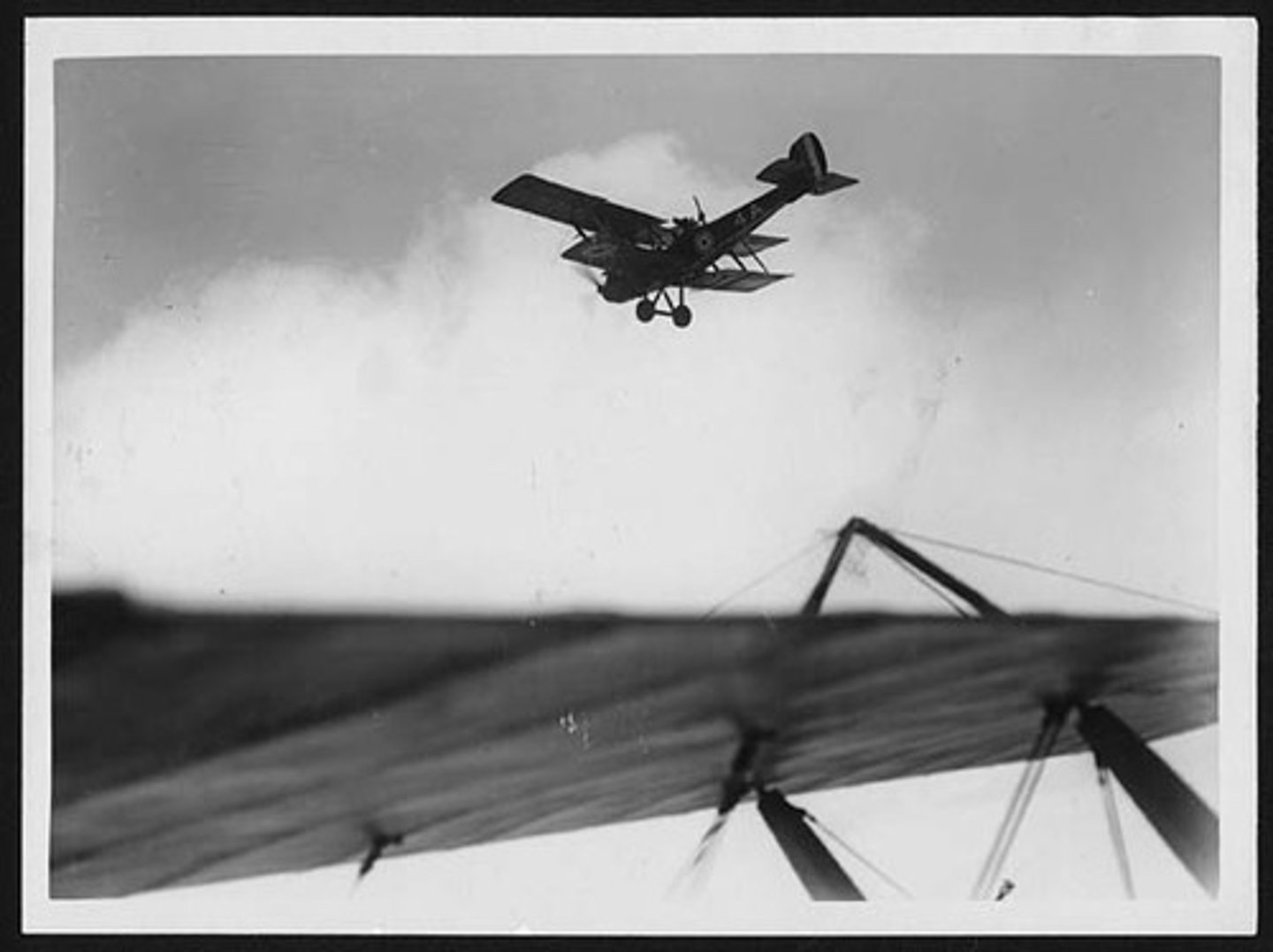
Friedrich Ebert
was a German politician of the Social Democratic Party of Germany (SPD) and the first President of Weimar Germany from 1919 until his death in office in 1925. This politician relied on the Freikorps to help put down a communist uprising and this formed a wedge between the socialists and the communists.
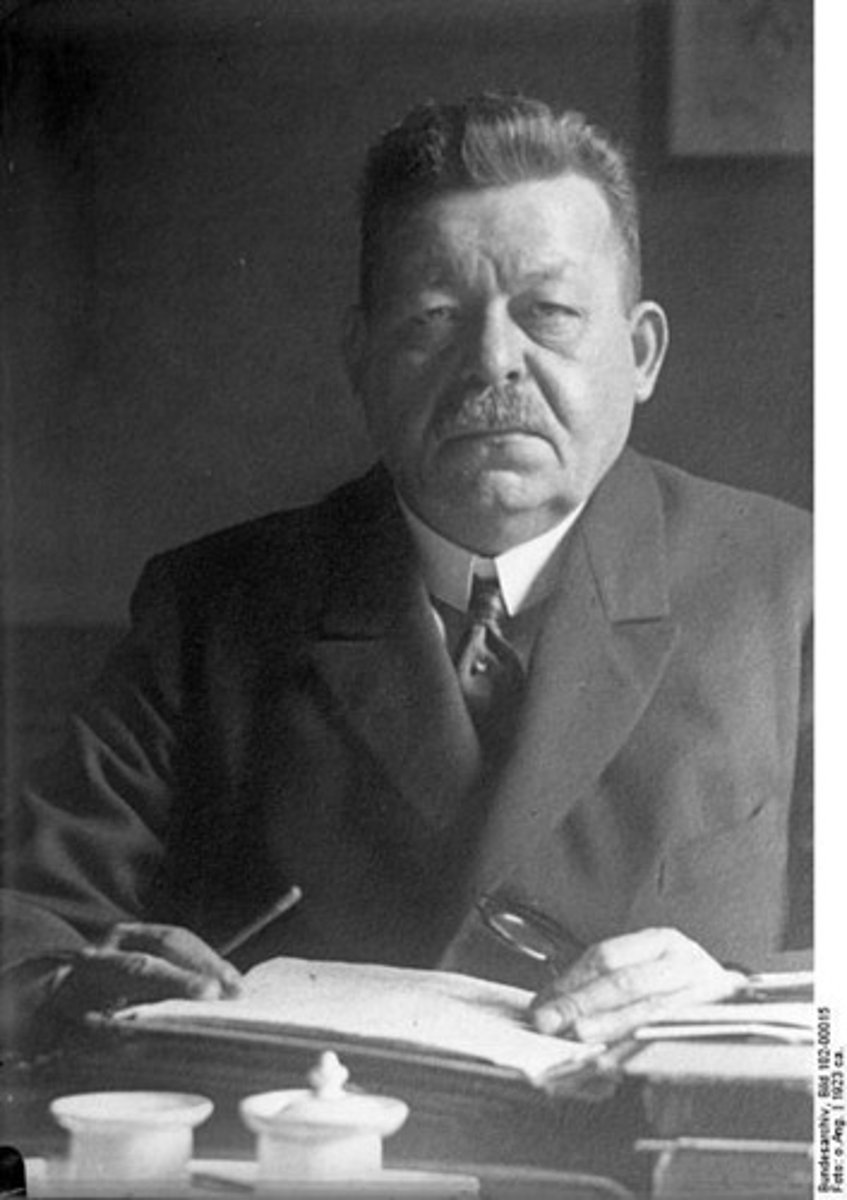
Reichstag
The popularly elected lower house of government.

Article 48
Provision of the Weimar Constitution: Allowed the President, under certain circumstances, to take emergency measures without the prior consent of the Reichstag.
KPD
German communist party. Banned in February 1933 after the Reichstag fire. Socialists imprisoned.
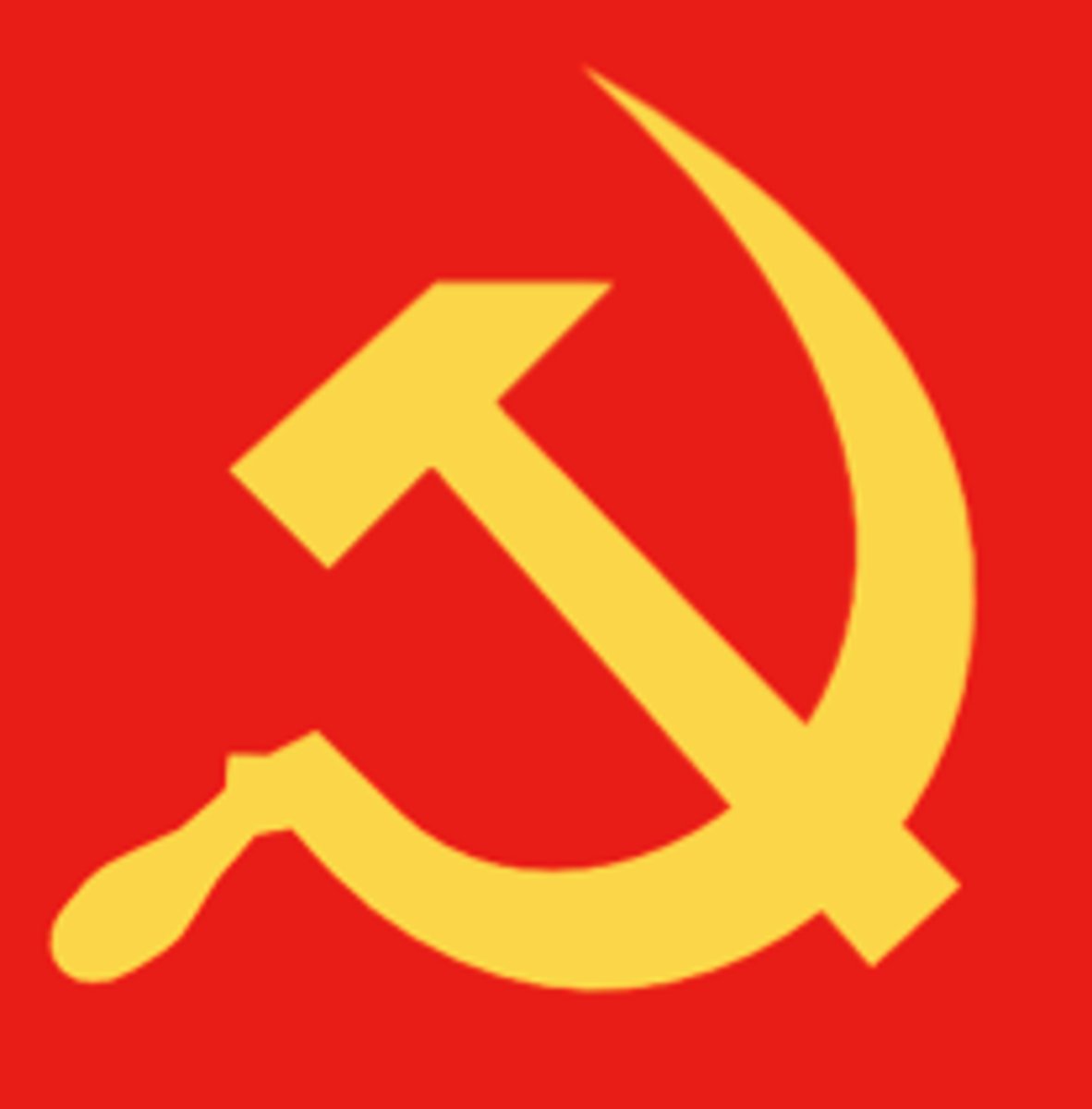
DVP
German People's Party, a center-right party, its most famous member was Chancellor and Foreign Minister Gustav Stresemann, a 1926 Nobel Peace Prize laureate.
SPD
The Social Democratic Party in Germany, based on Marx's Ideology. It dominated the first couple of years of the Weimar Republic through 1920 with three chancellors (Scheidemann, Bauer, and Muller, who later served again from 1928-30)
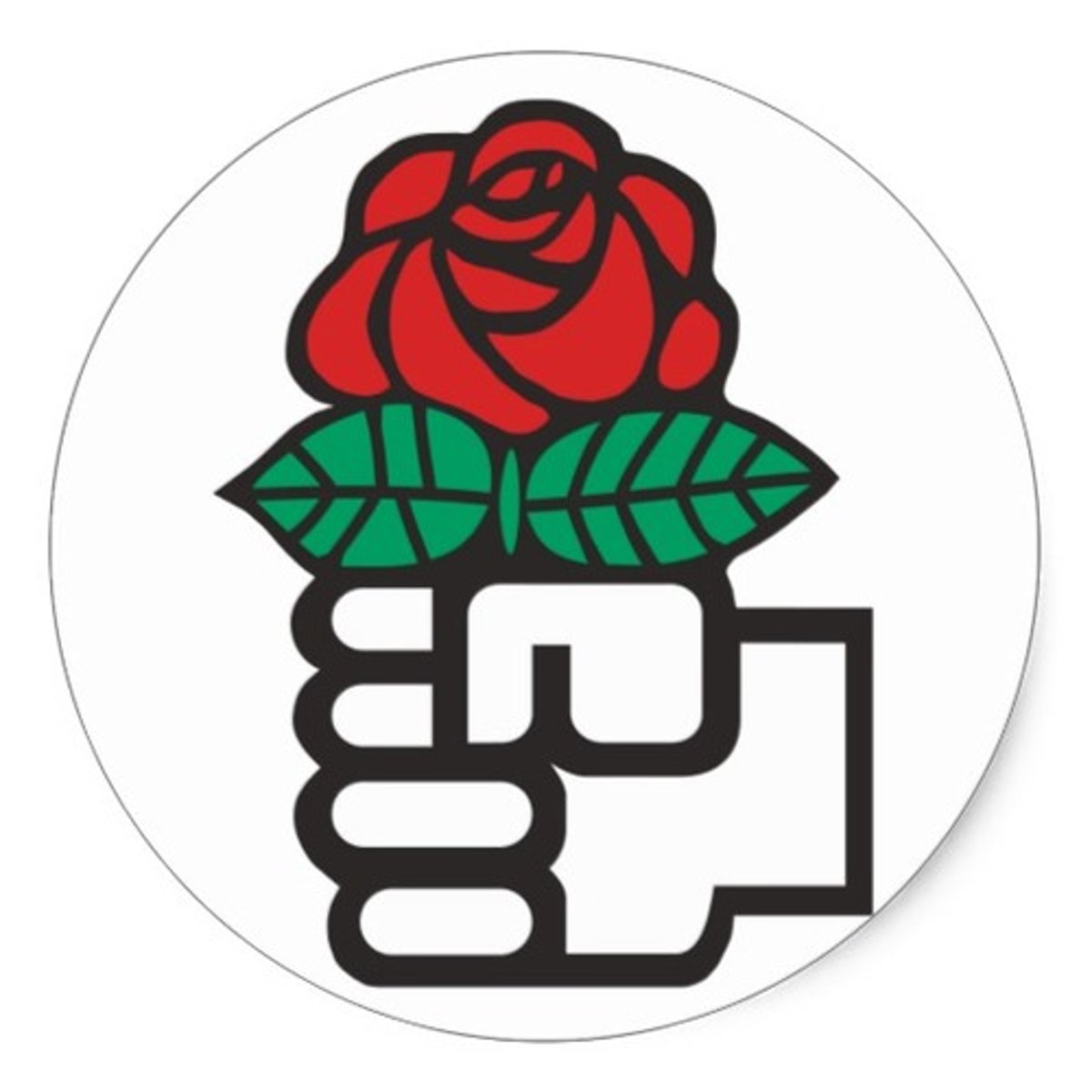
NSDAP
The National Socialist German Workers' Party, the full title of the Nazi Party. The party grew rapidly in support from 1928 onwards, to become the most popular political party in Germany at the time when Hitler came to power.
Centre Party (ZP)
Catholic party occupying the middle ground (Zentrum: center) in political views during Weimar Republic. Had several chancellors including Bruning.
DNVP
German National People's Party, part of the right opposition to the Weimar Republic ( who were Conservatives, not happy with getting rid of the king, don't like democracy, think new constitution is too democratic, think they need strong authority to keep it in check. )
November Criminals
term coined by the likes of Hitler to identify those associated with signing the Versailles Treaty
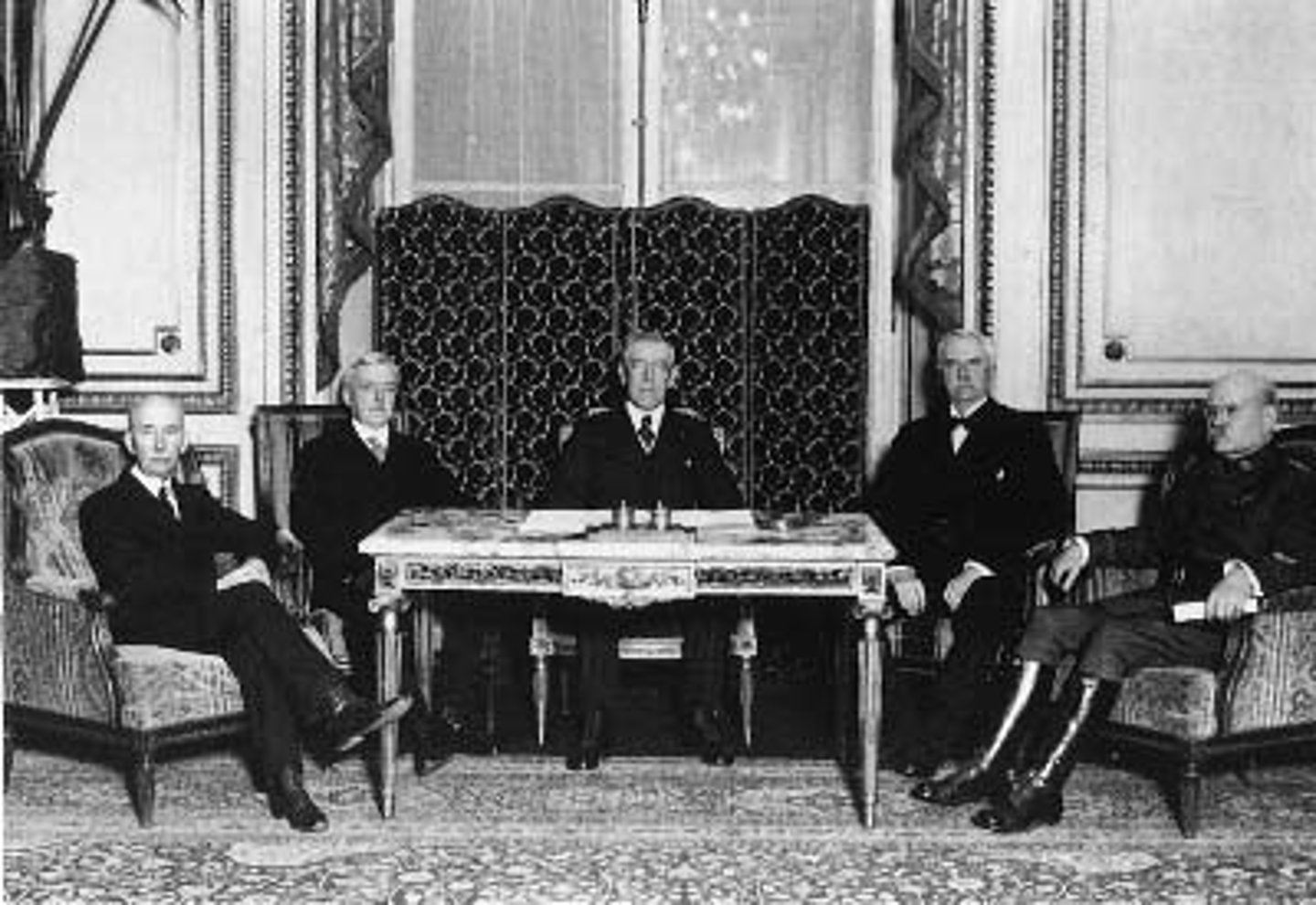
reparations
Payment for war damages demanded of Germany after WWI
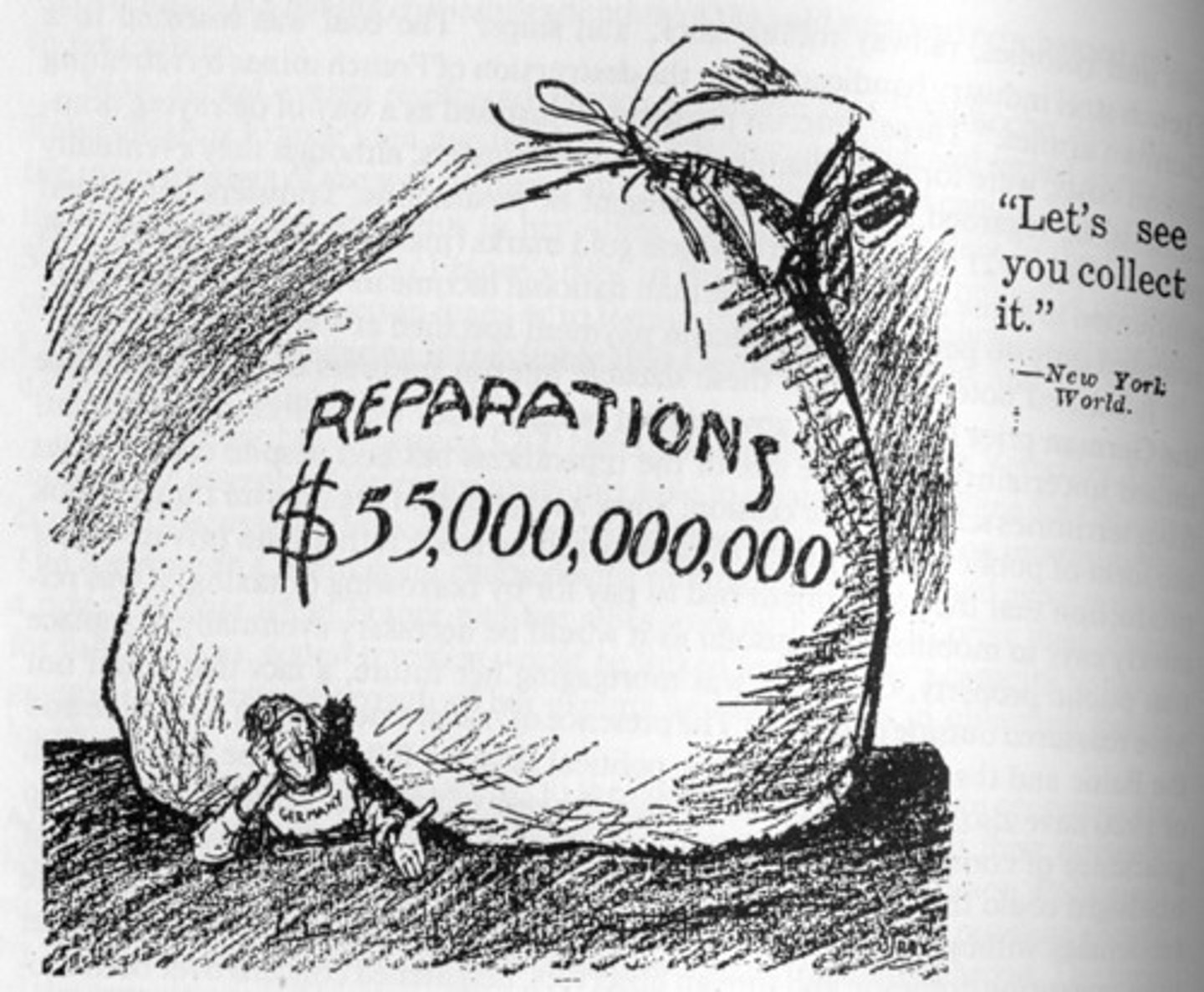
Aristide Briand
French foreign minister who deemphasized aggressive military intervention and championed the League of Nations. He worked with Stresemann to help improve Franco-German relations. Both men also pursued improved relations because they believed they served their national interests.
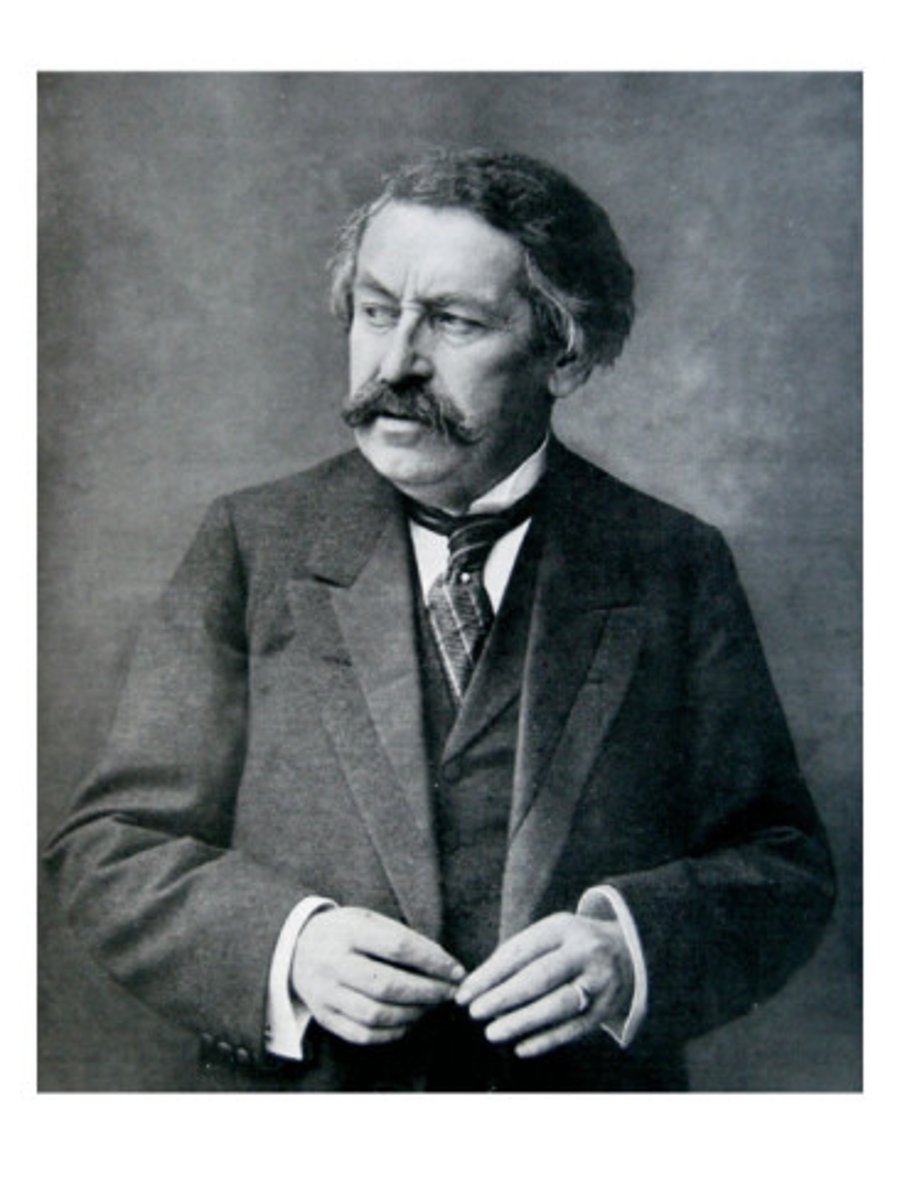
Kellogg-Briand Pact
Agreement signed in 1928 in which nations agreed not to pose the threat of war against one another. This pact had no real "teeth" meaning that there was no means of enforcement or clear punishment for a country that violated the terms.
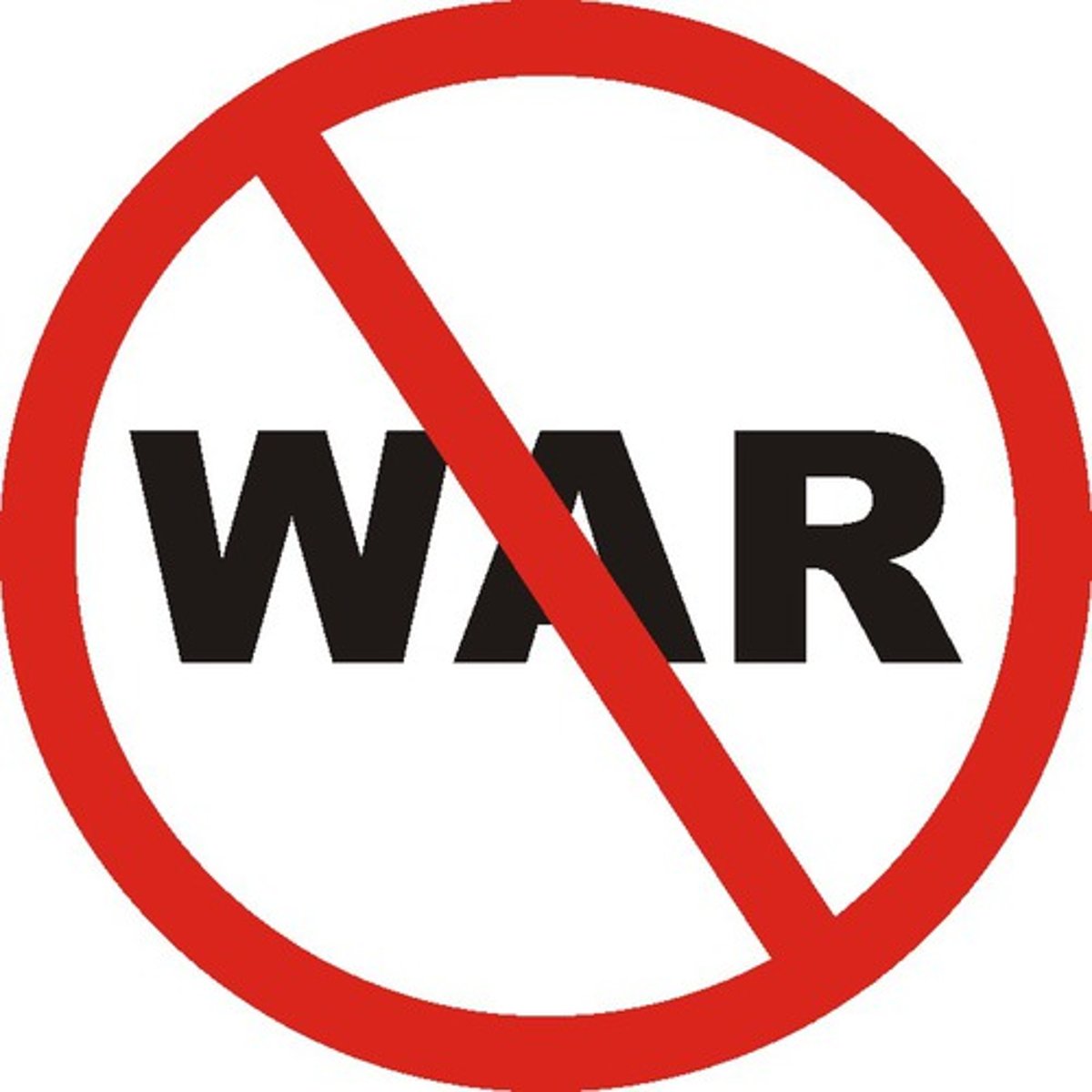
Hermann Goering
WWI fighter pilot and early NAZI leader and right-hand man to Hitler's rise. He was injured in the Munich Putsch. Served as commander of the SA (stormtroopers).
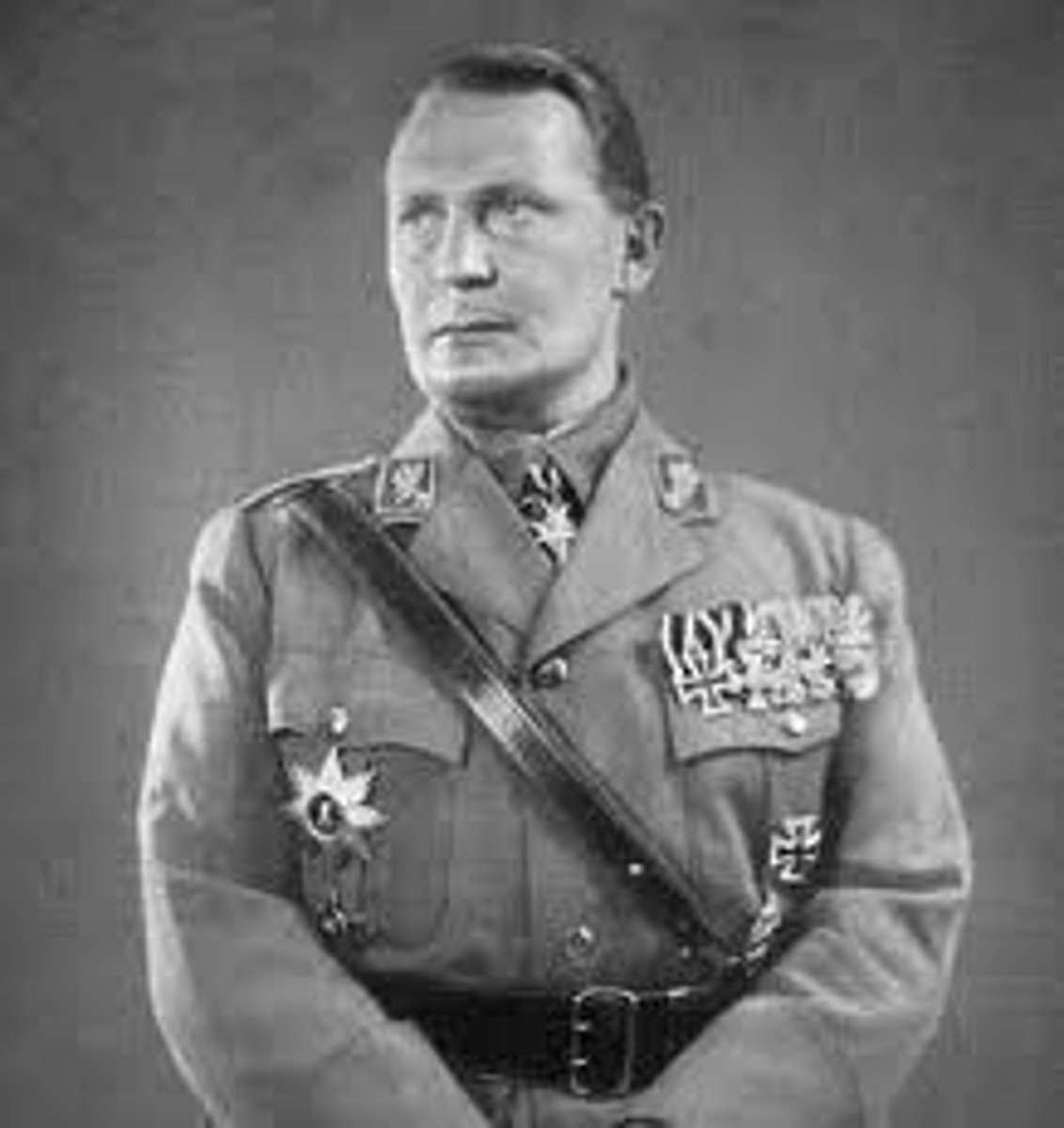
Paul von Hindenburg
WWI General and President of the Weimar Republic of Germany who appointed Hitler Chancellor in 1933
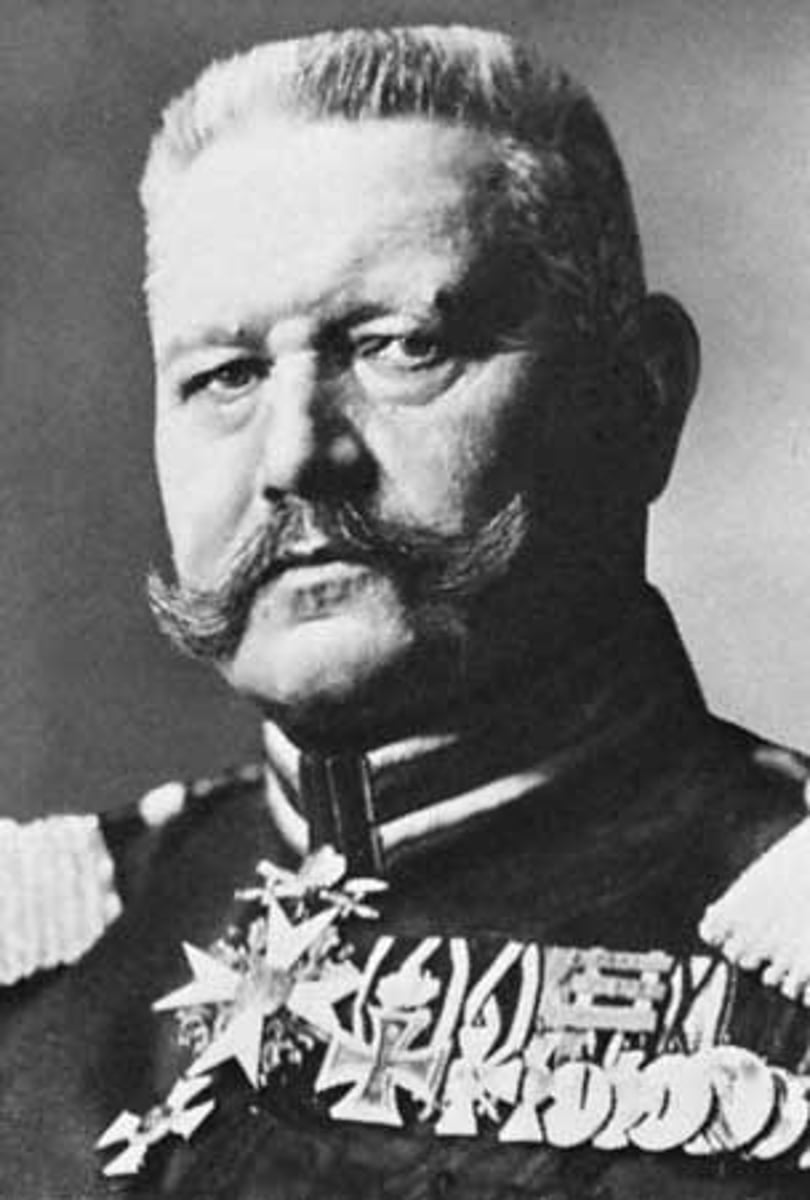
Alfred Hugenberg
Had his own right wing party called the German National People's Party (DNVP), was also a part of Hitler's NSDAP. He wanted to control Hitler and use him to his benefits, but failed in doing so.
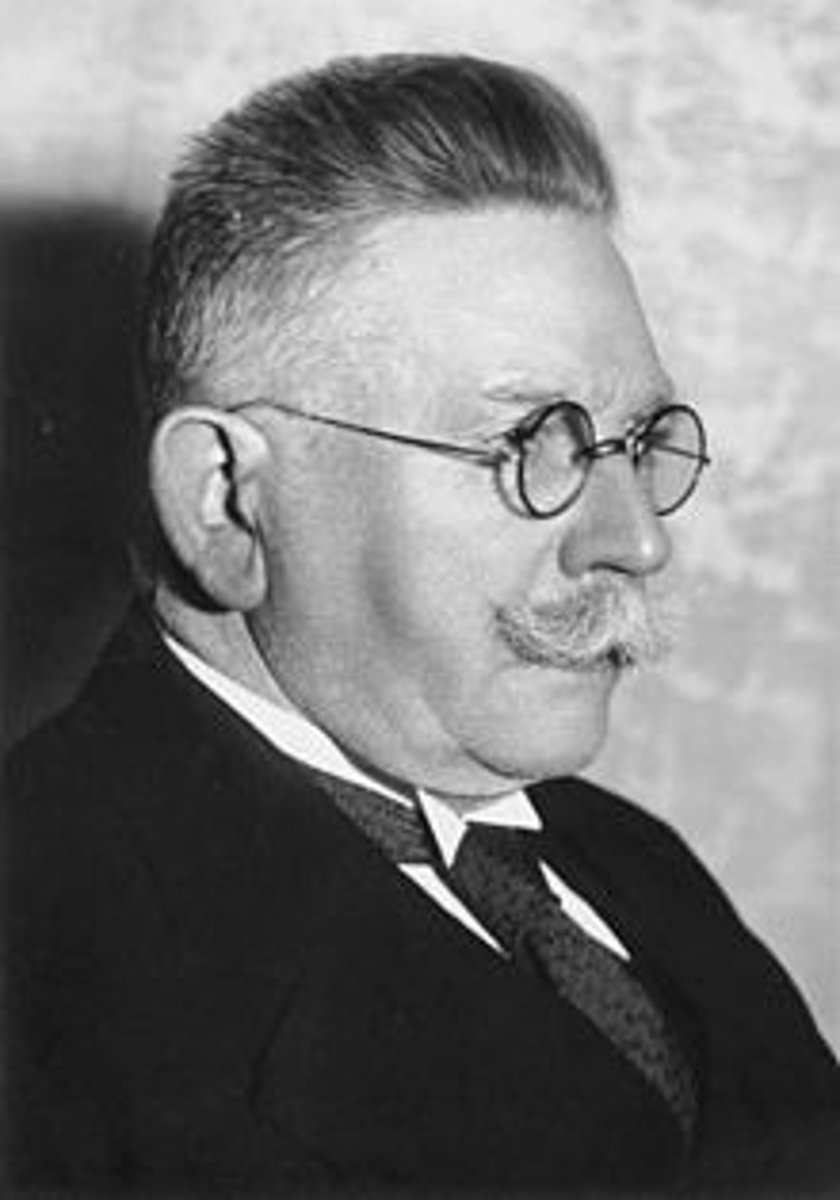
Erich Ludendorff
A German general who assisted Paul von Hindenburg in achieving victories at the Battle of Tannenberg and the Battle of the Masurian Lakes. Throughout the rest of the war, Ludendorff continued to serve Hindenburg, first as chief of staff and later as quartermaster general.

Gustav Stresemann
Assumed leadership of Germany as Chancellor in August 1923. Credited with solving hyperinflation with a new currency. He called off passive resistance in the Ruhr and in October agreed in principle to pay preparations but ask for a re-examination of Germany's ability to pay. Won the Nobel Peace Prize in 1926 as a result. His time as chancellor would be short, but he also served as the foreign minister until his death in 1929.
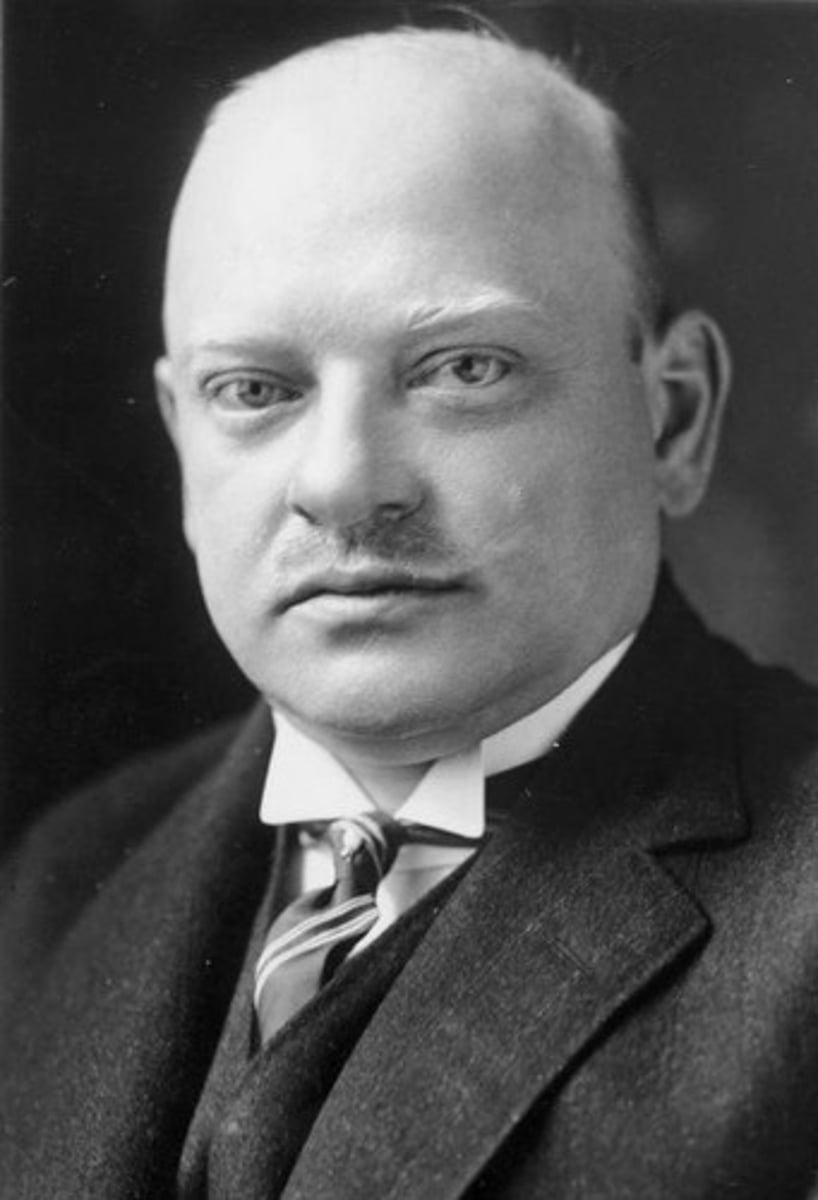
Rosa Luxemburg
Polish-Jewish radical female German socialist; leader of Spartacist revolt who was murdered in aftermath of WWI by right-wing Germans
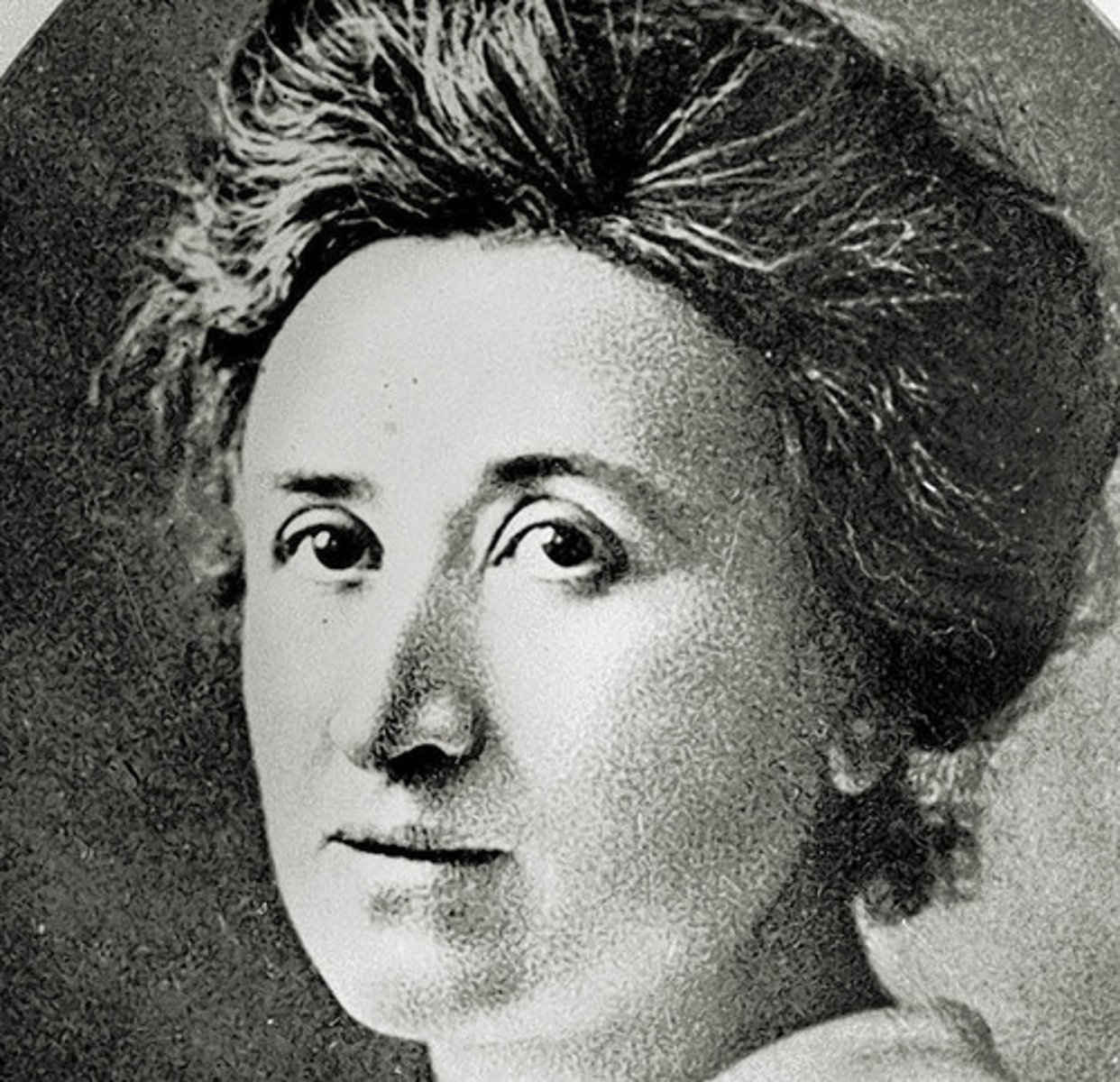
Karl Liebknecht
was a German socialist and a co-founder of the Spartacist League and the Communist Party of Germany.
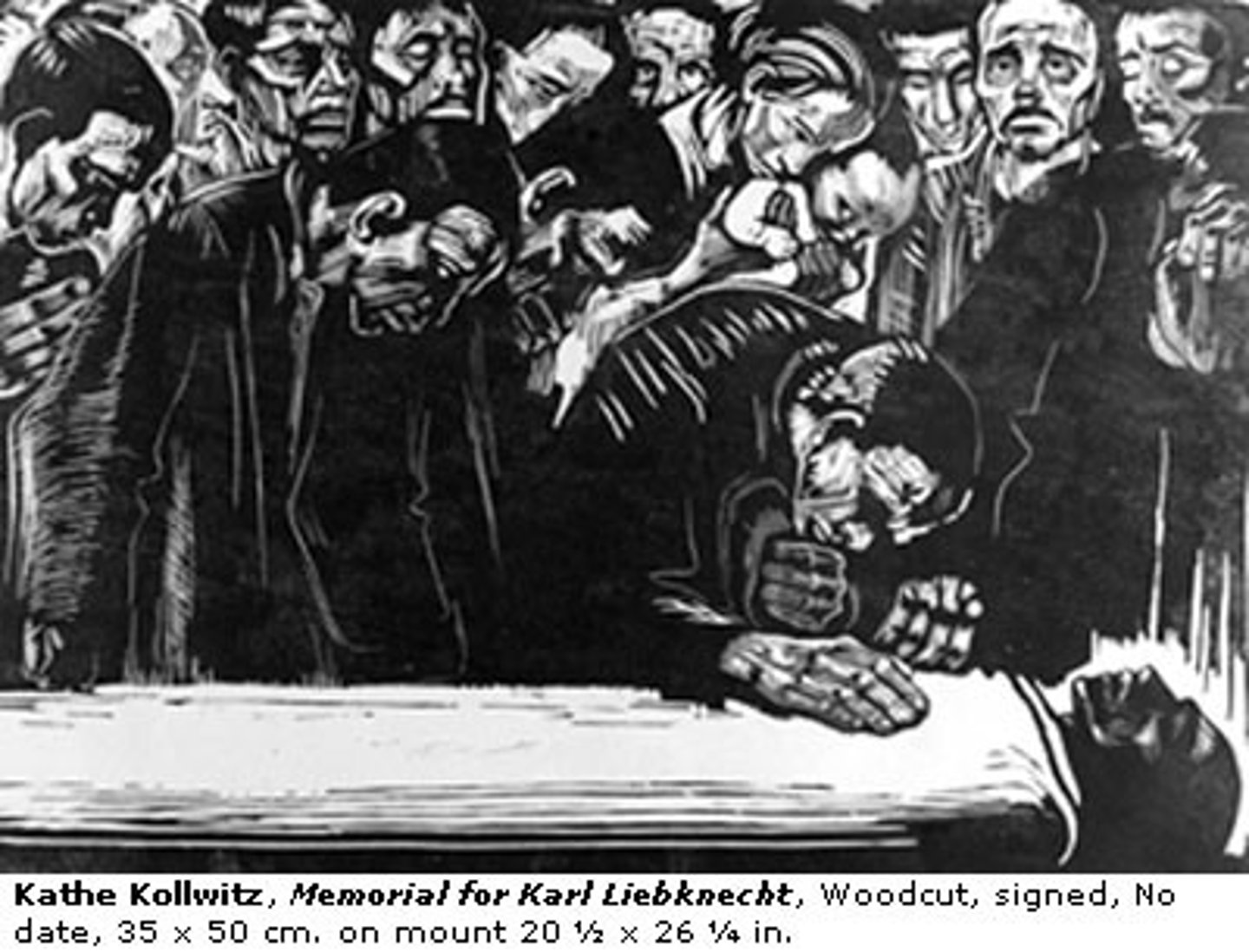
Hermann Muller
a German Social Democratic politician who served as Foreign Minister (1919-1920), and twice as Chancellor of Germany (1920, 1928-1930) in the Weimar Republic. In his capacity as Foreign Minister, he was one of the German signatories of the Treaty of Versailles in 1919. Chancellor in 1929 when the Stock Market Crash began the Great Depression.
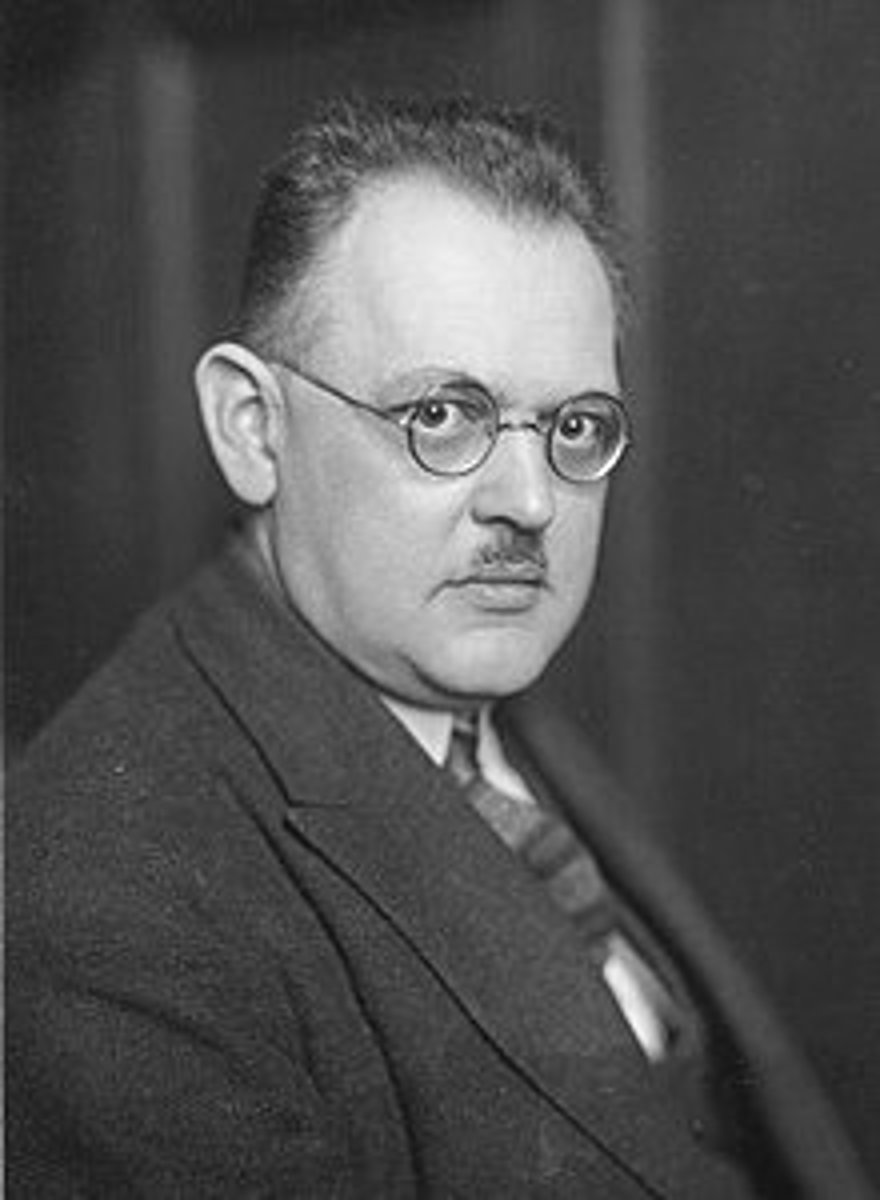
Heinrich Bruning
Chancellor from March 1930-May 1932. Did not hold Reichstag majority. Nazis became the second largest party during his ruling. The SA was very violent during this time and made the government seem weak. The economic depression continued and his agrarian reforms angered farmers. This chancellor most likely made the economic depression worse in his attempt to use Germany's weakening economy as a way to permanently get rid of reparations.
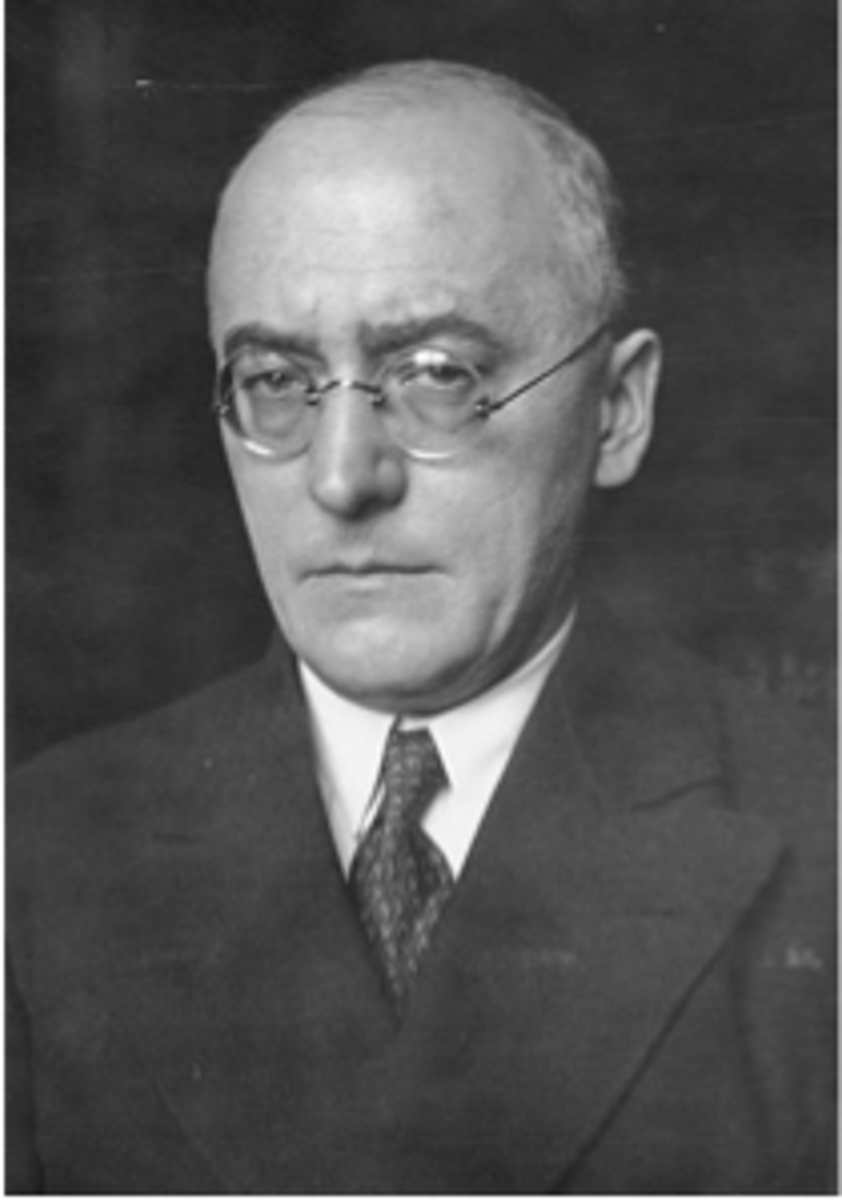
Franz von Papen
Chancellor of Germany who succeeded Bruning and ruled without Reichstag support. He convinced Von Hindenburg to dissolve the Reichstag using Article 48 powers and call for new elections which was supported by NAZIs and Communists. The result was the November 1932 elections. He was replaced by Kurt Von Schleicher but betrayed him to support a Hitler Cabinet.
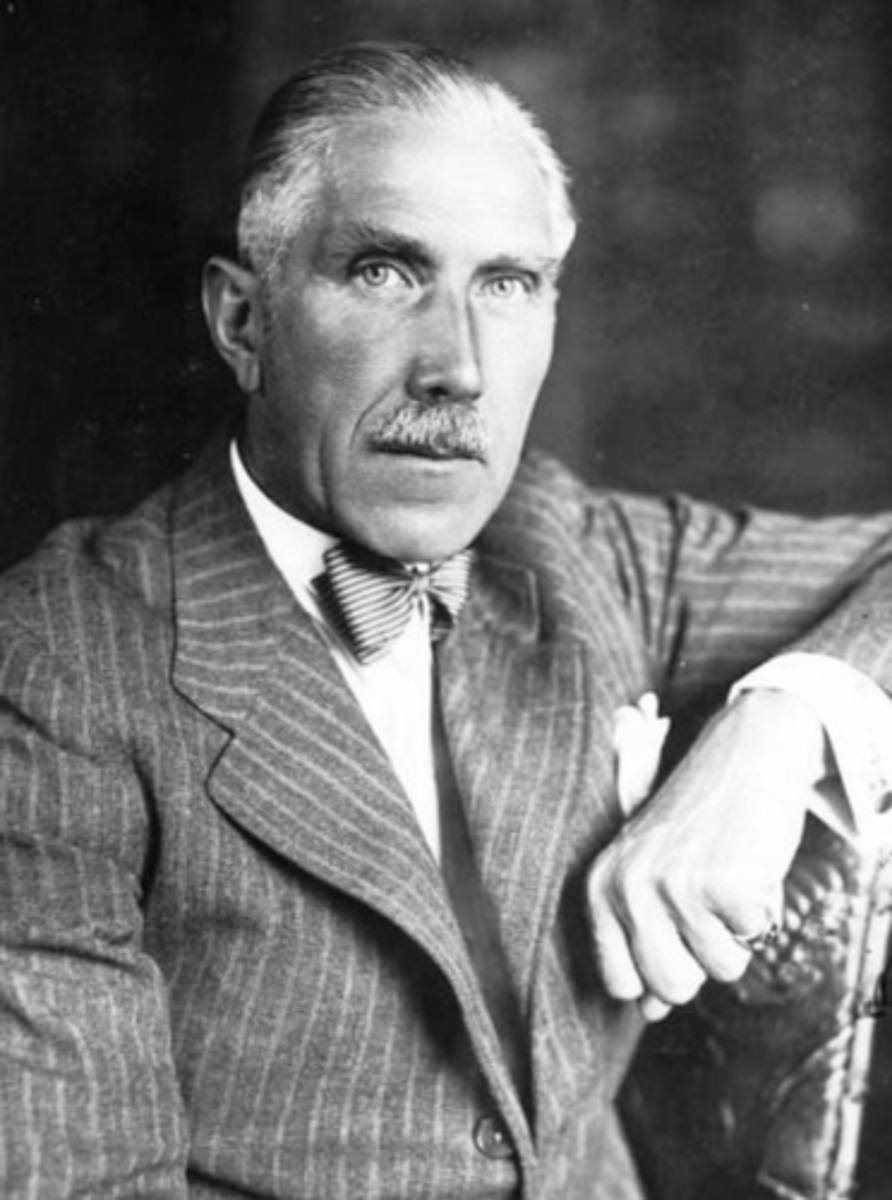
Stab in the Back Myth
Alternative version of post WWI history popular among right wing Germans and encouraged by the army officers. It argued the German army had been winning the war until they were let down by civilian politicians who failed to support the army and signed the armistice behind the army's back. In fact, the army was losing ground fast in November 1918 and the officers knew it.
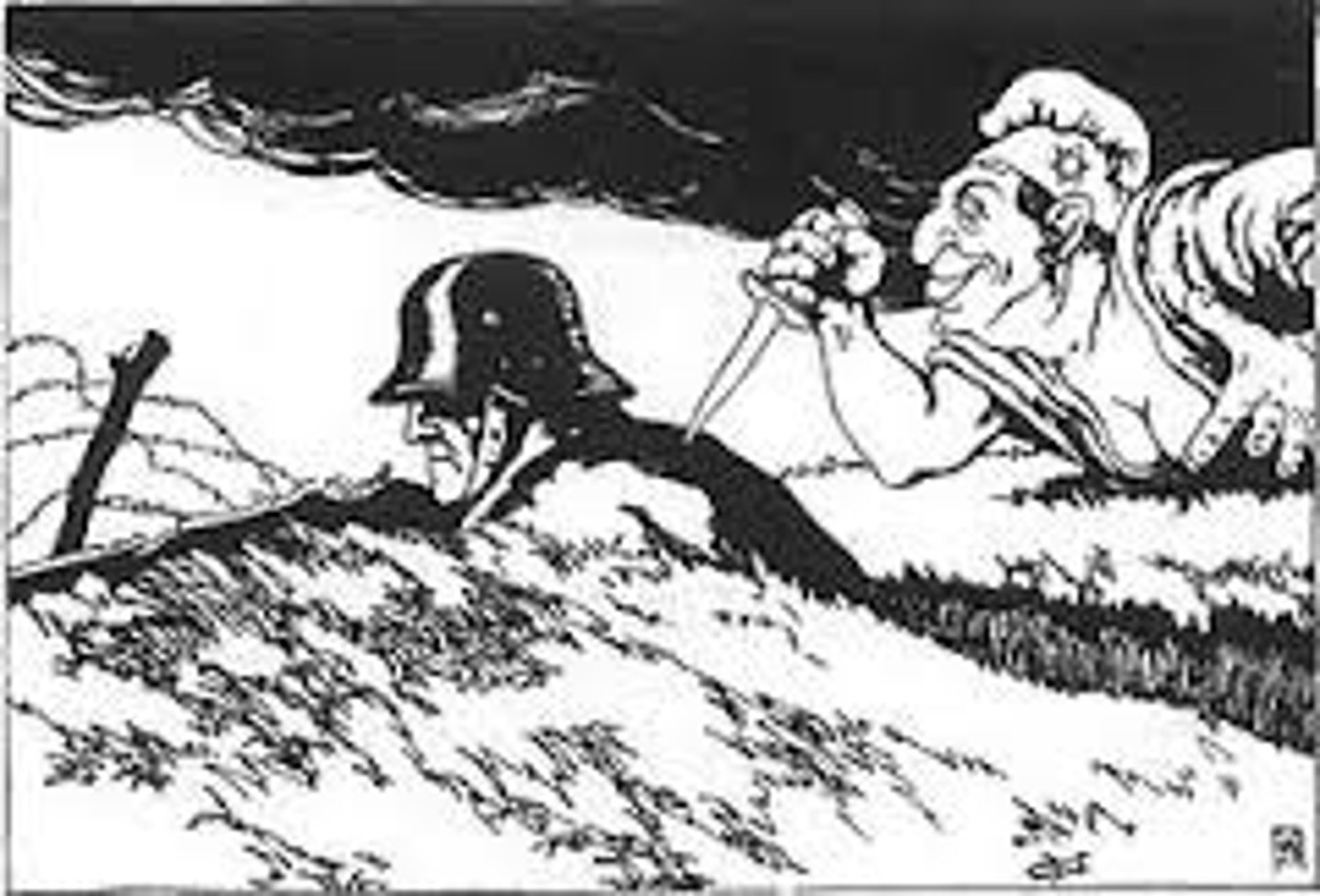
Kurt von Schleicher
Influential army leader who had supported VON PAPEN as head of a Nationalist government in 1932 then succeeded him (from Dec. 1932-January 1933) where he tried to be a "socialist NAZI" but failed. Later worked to get Hitler as Chancellor. Hitler replaced him.
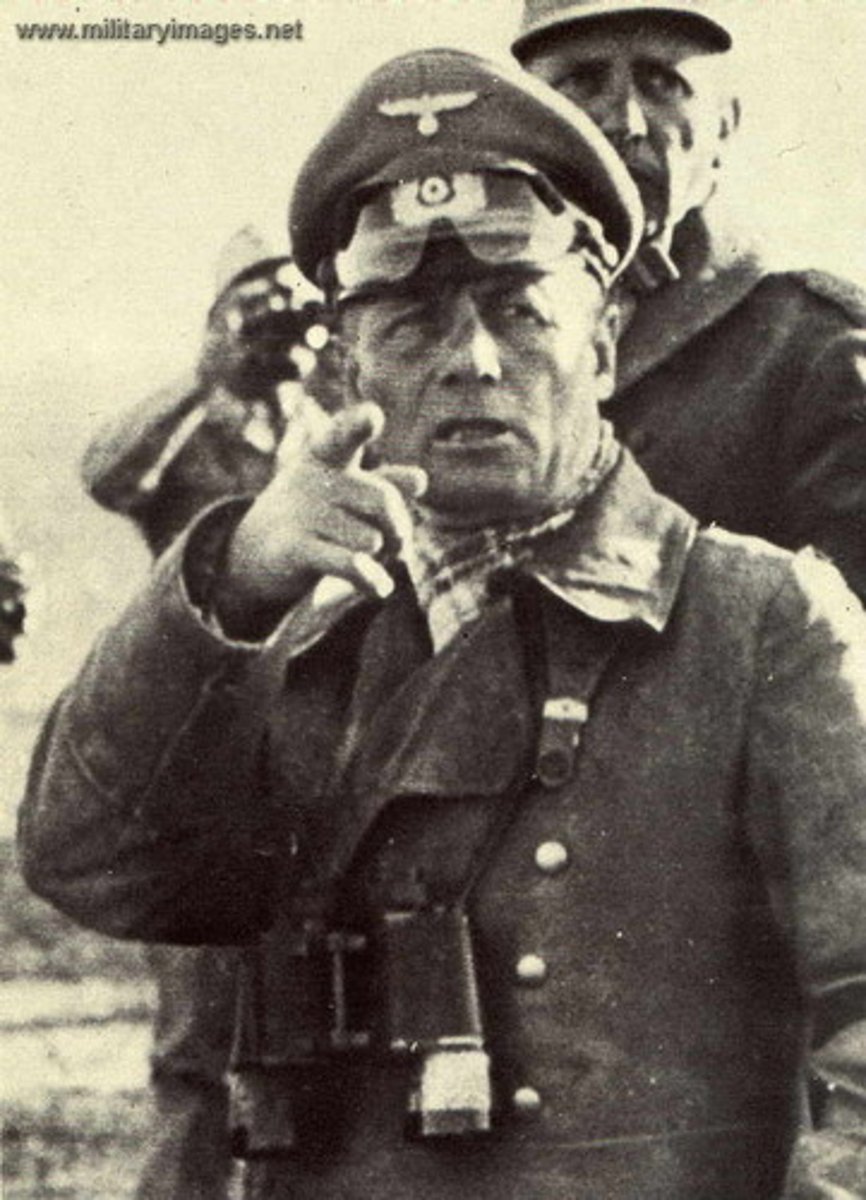
Treaty of Versailles
the treaty imposed on Germany by the Allied powers in 1920 after the end of World War I which demanded exorbitant reparations from the Germans
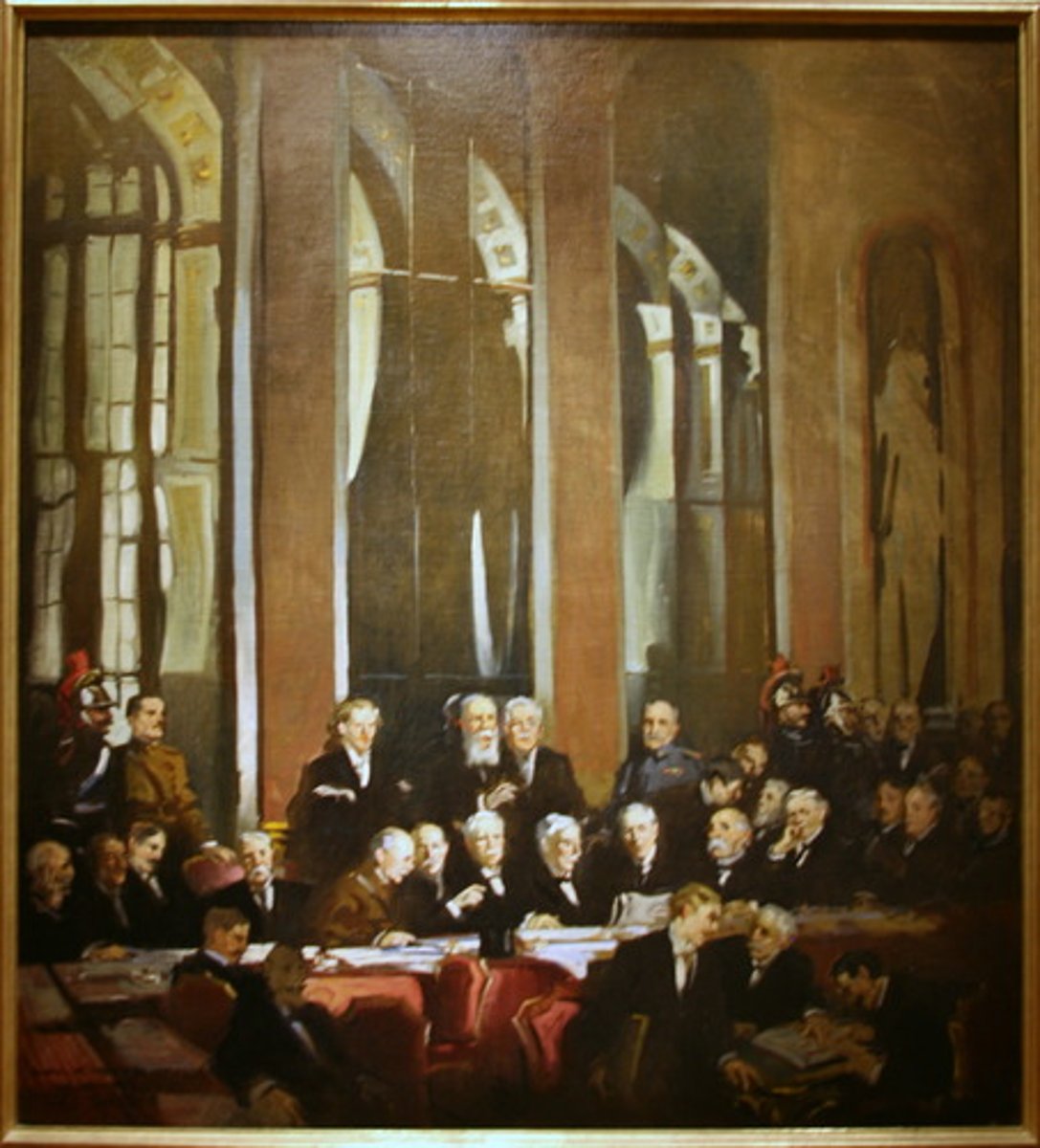
Spartacist Revolt
Marxist revolutionary movement organized in Germany in January 1919 in reaction to the formation of the Weimar Republic
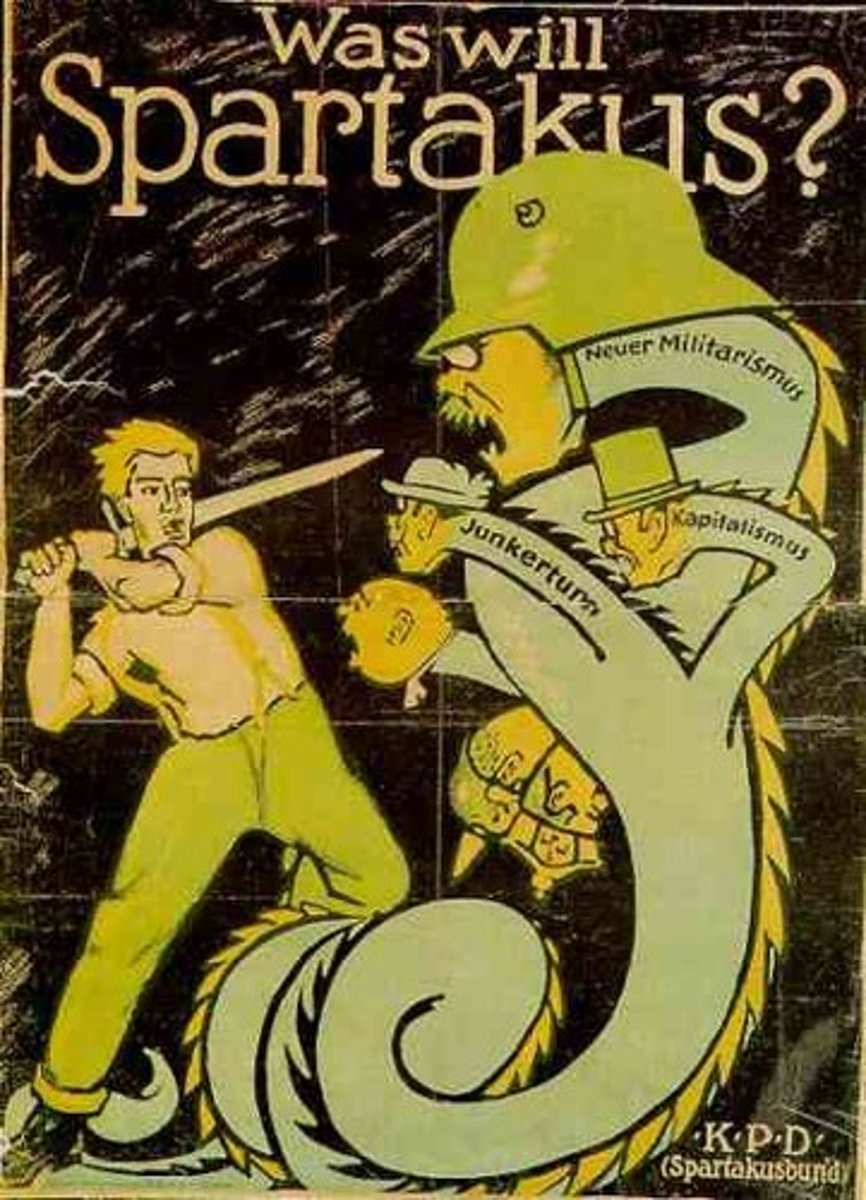
Freikorps
Germany military (mostly volunteer troops) used by the government of the Weimar republic 2) put down Spartacist revolt in 1919
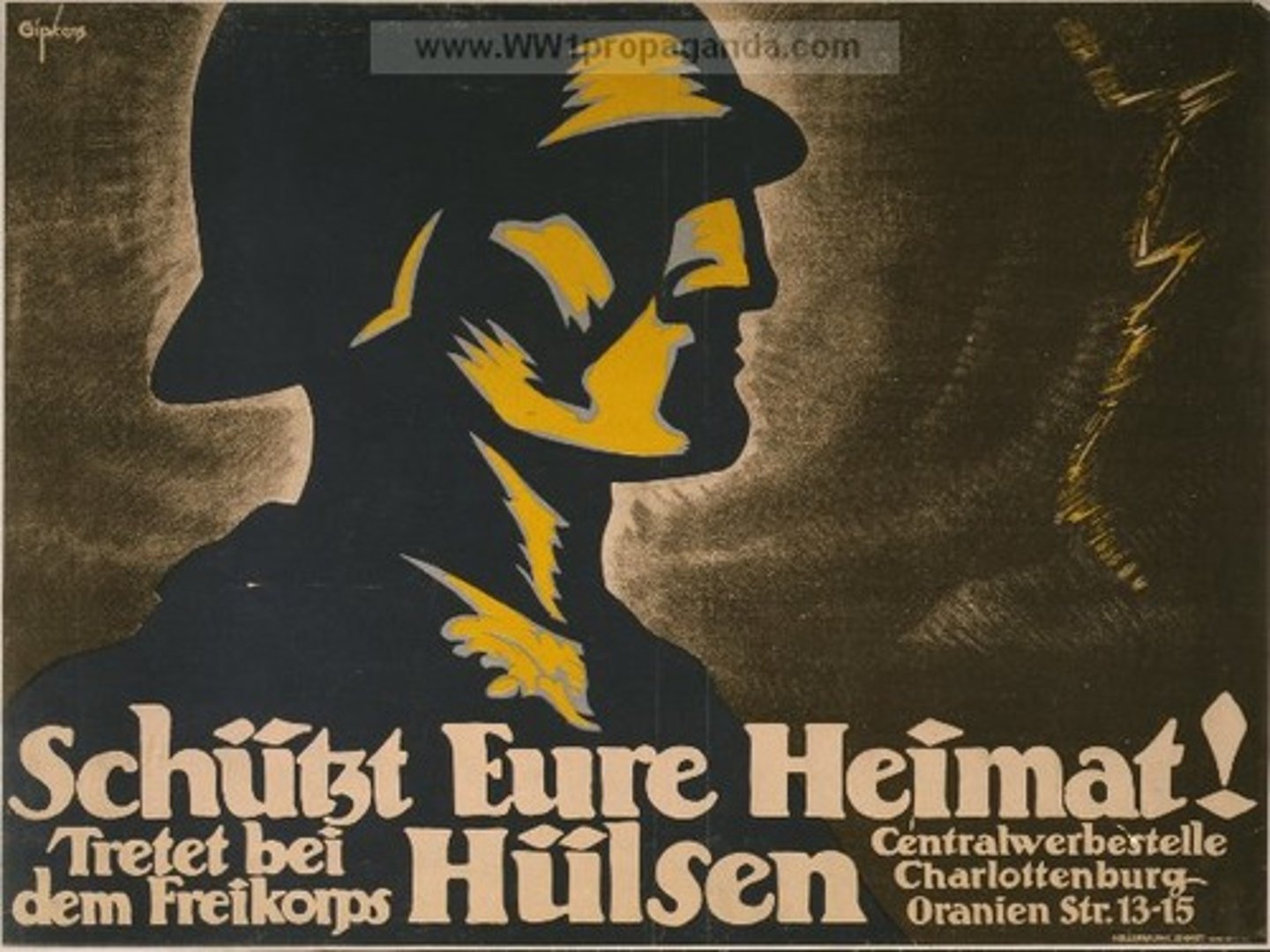
Kapp Putsch
as an attempted coup on 13 March 1920 which aimed to undo the German Revolution of 1918-1919, overthrow the Weimar Republic and establish a right-wing autocratic government in its place. It was supported by parts of the Reichswehr (military) and other conservative, nationalist and monarchist factions.
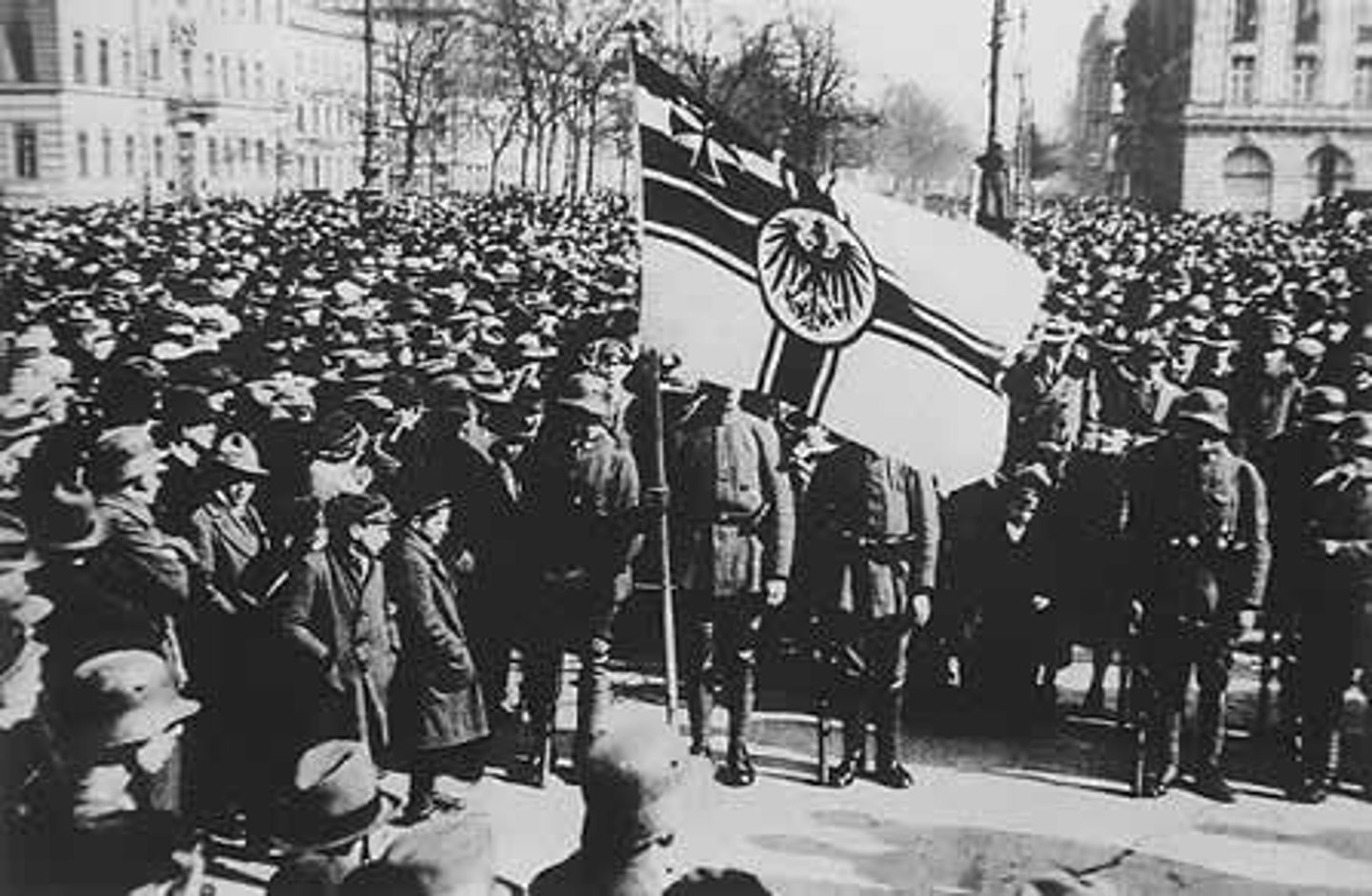
Kiel Mutiny
This was a major revolt by sailors of the German High Seas Fleet on 3 November 1918 as the end of the First World War grew near. The revolt triggered the German revolution which was to sweep aside the monarchy within a few days. It ultimately led to the end of the First World War and to the establishment of the Weimar Republic
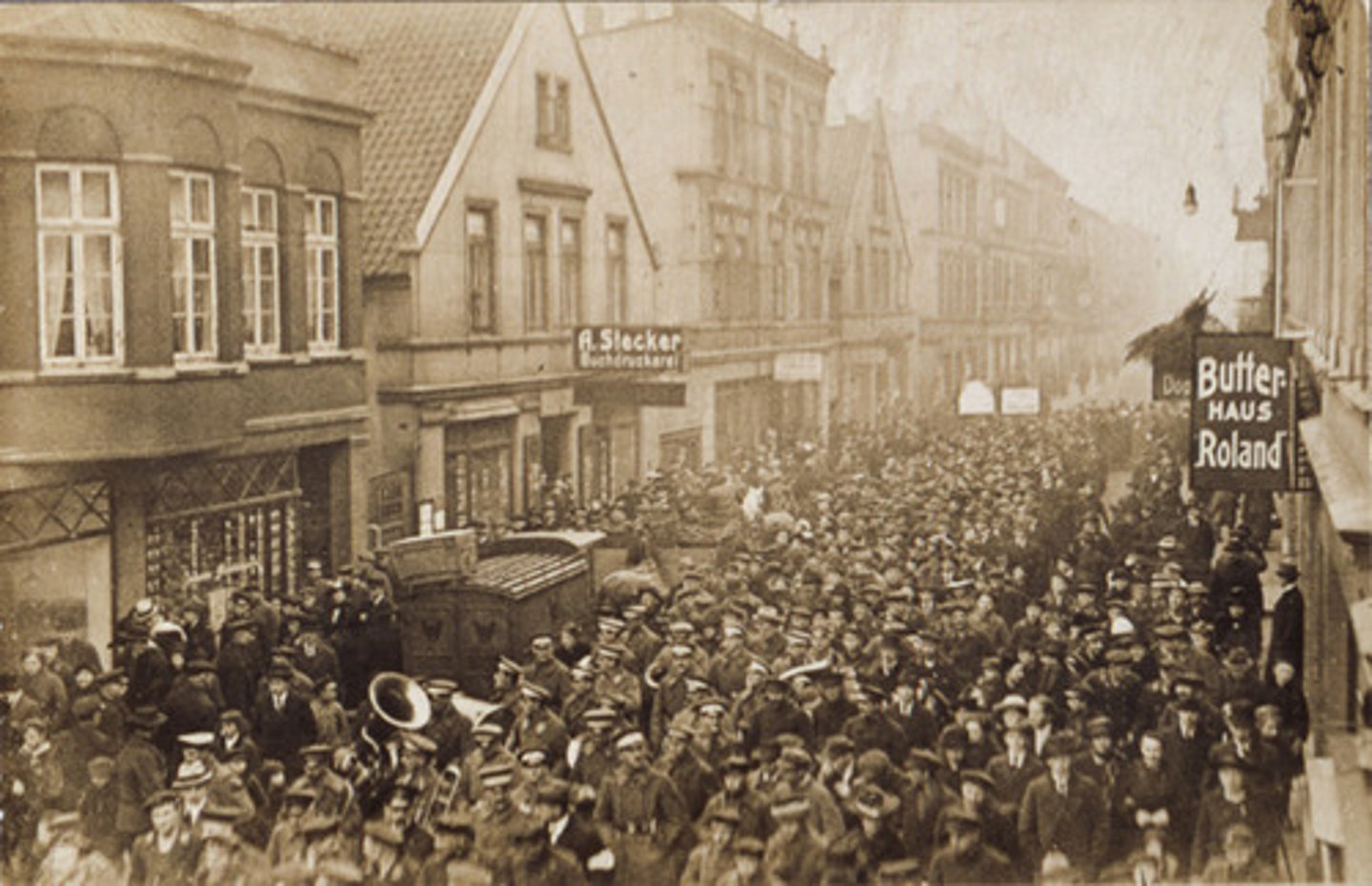
Rhineland
A region in Germany designated a demilitarized zone by the Treaty of Versailles; Hitler violated the treaty and sent German troops there in 1936
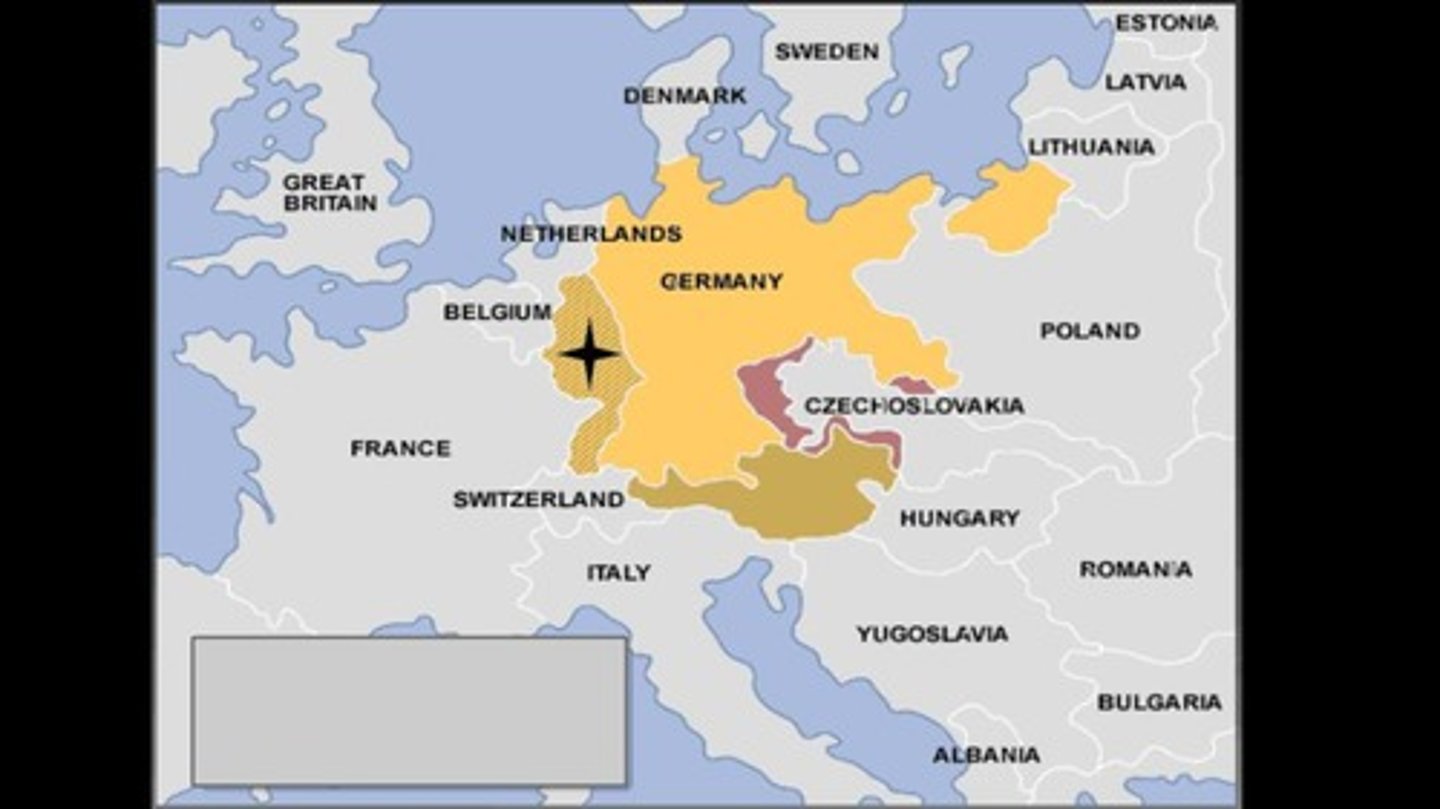
Walter Rathenau
Jewish industrialist who served as Weimar Foreign Minister and was one of hundreds of assassinations in the early years of Weimar, but whose assassins were treated leniently by conservative judges who sympathized with their cause.
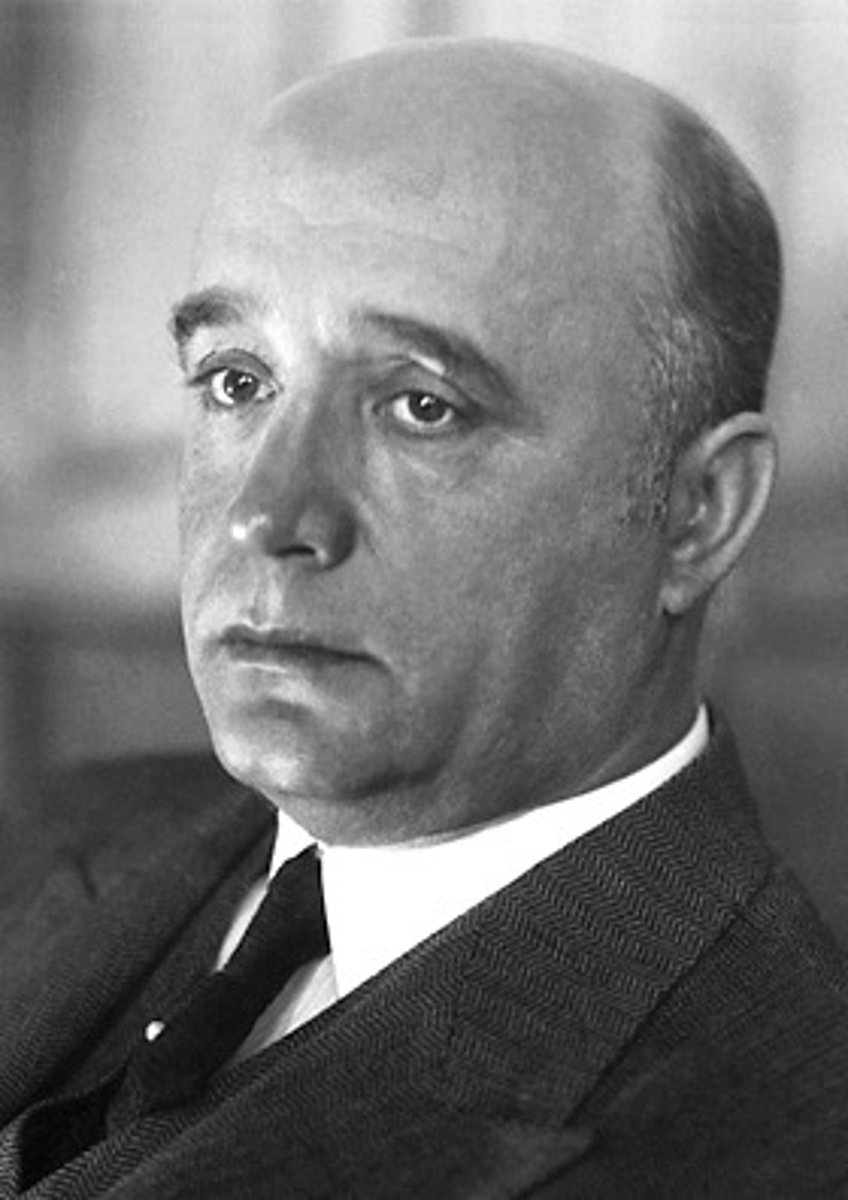
Ruhr Crisis
1922-1923. Germany announced they couldn't pay their reparations, France invades the Ruhr Valley to collect reparations "in Kind." (leads to Germany printing money causing hyperinflation)
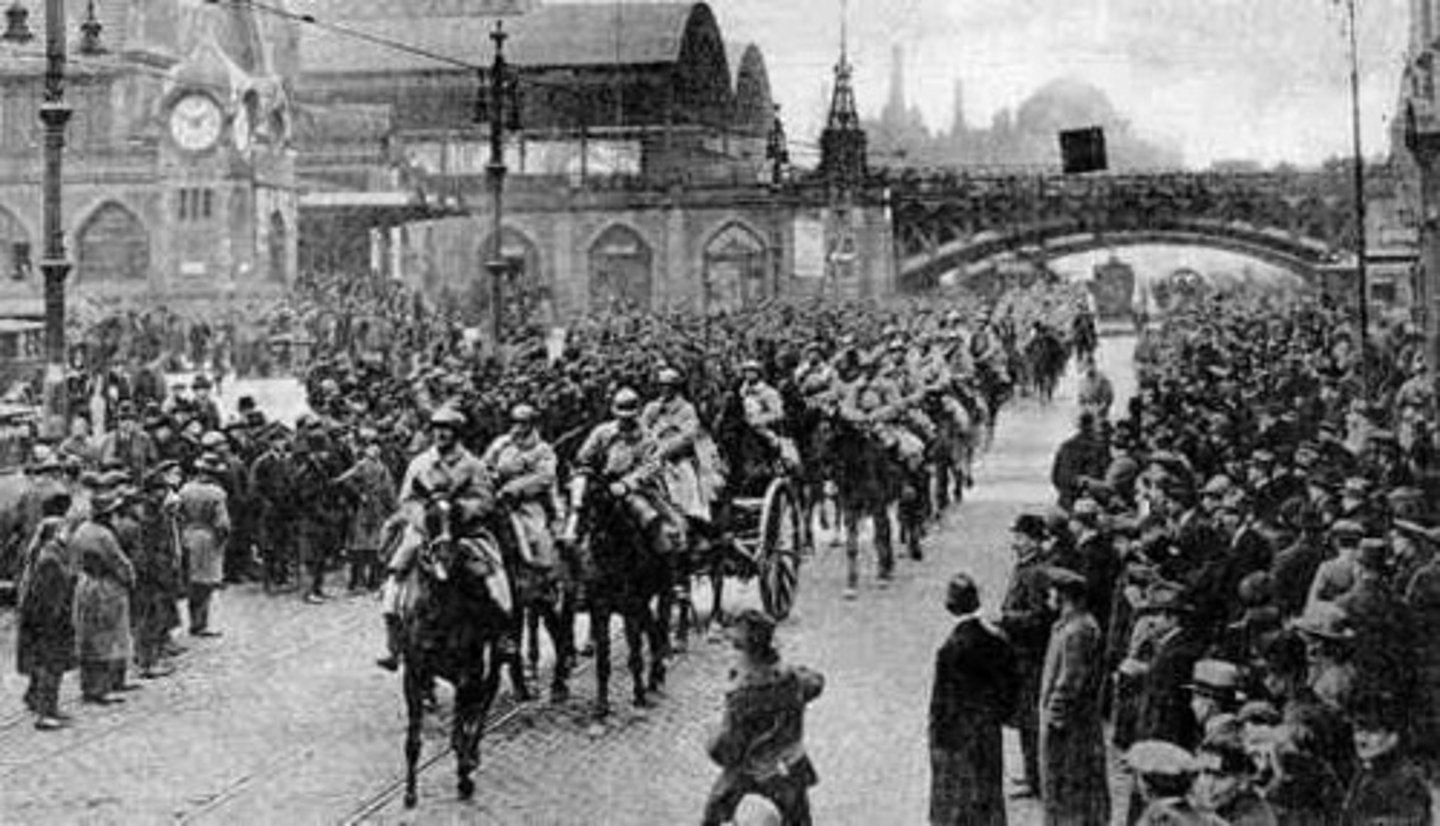
Hyperinflation
A very rapid rise in the price level; an extremely high rate of inflation to the point of rendering a currency nearly worthless.
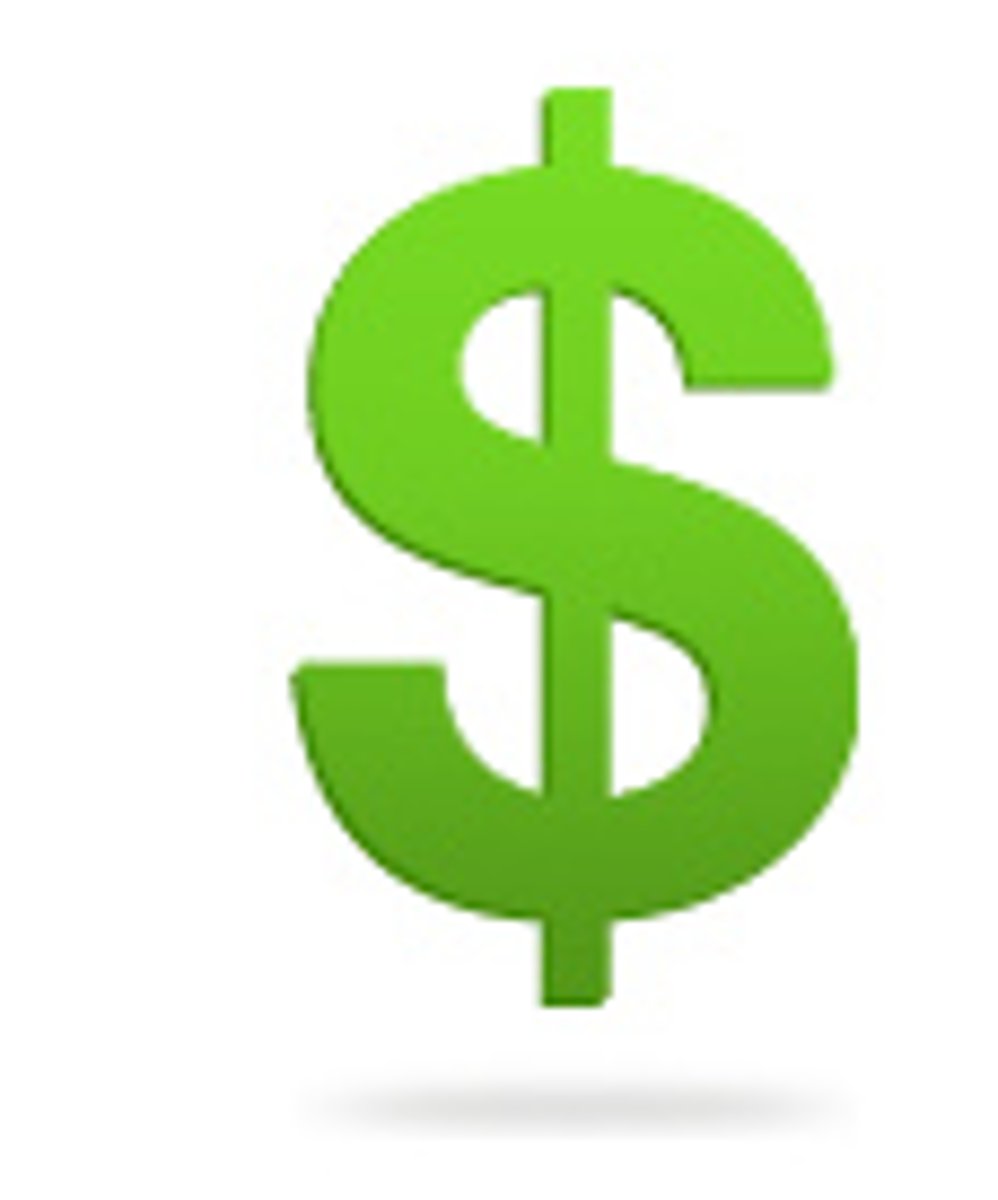
Dawes Plan
A 1924 plan to revive the German economy, the United States loans Germany money which then can pay reparations to England and France, who can then pay back their loans from the U.S. This circular flow of money was a success.
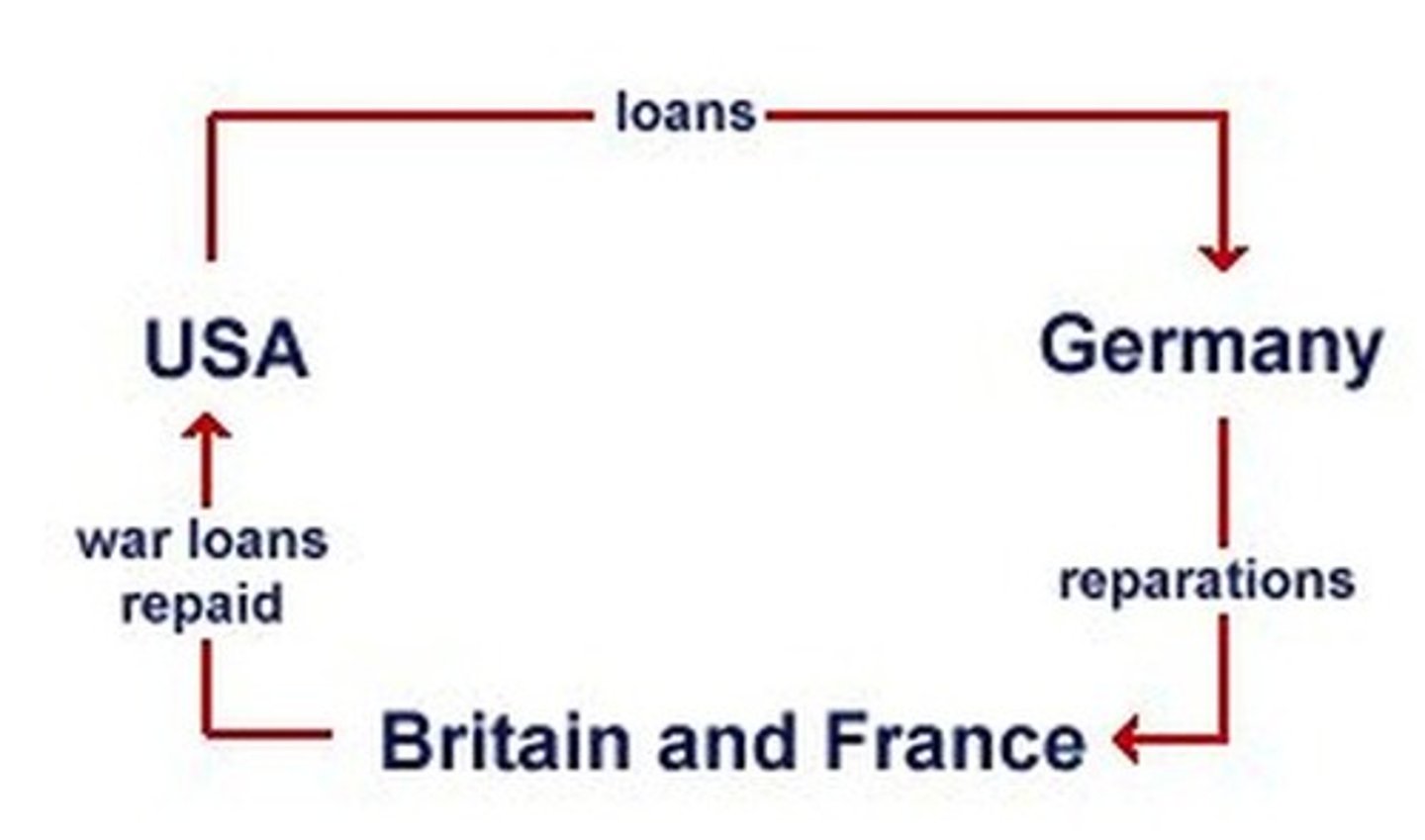
Young Plan
(1929) Schedule that set limits to Germany's reparation payments and reduced the agreed-on time for occupation of the Ruhr.
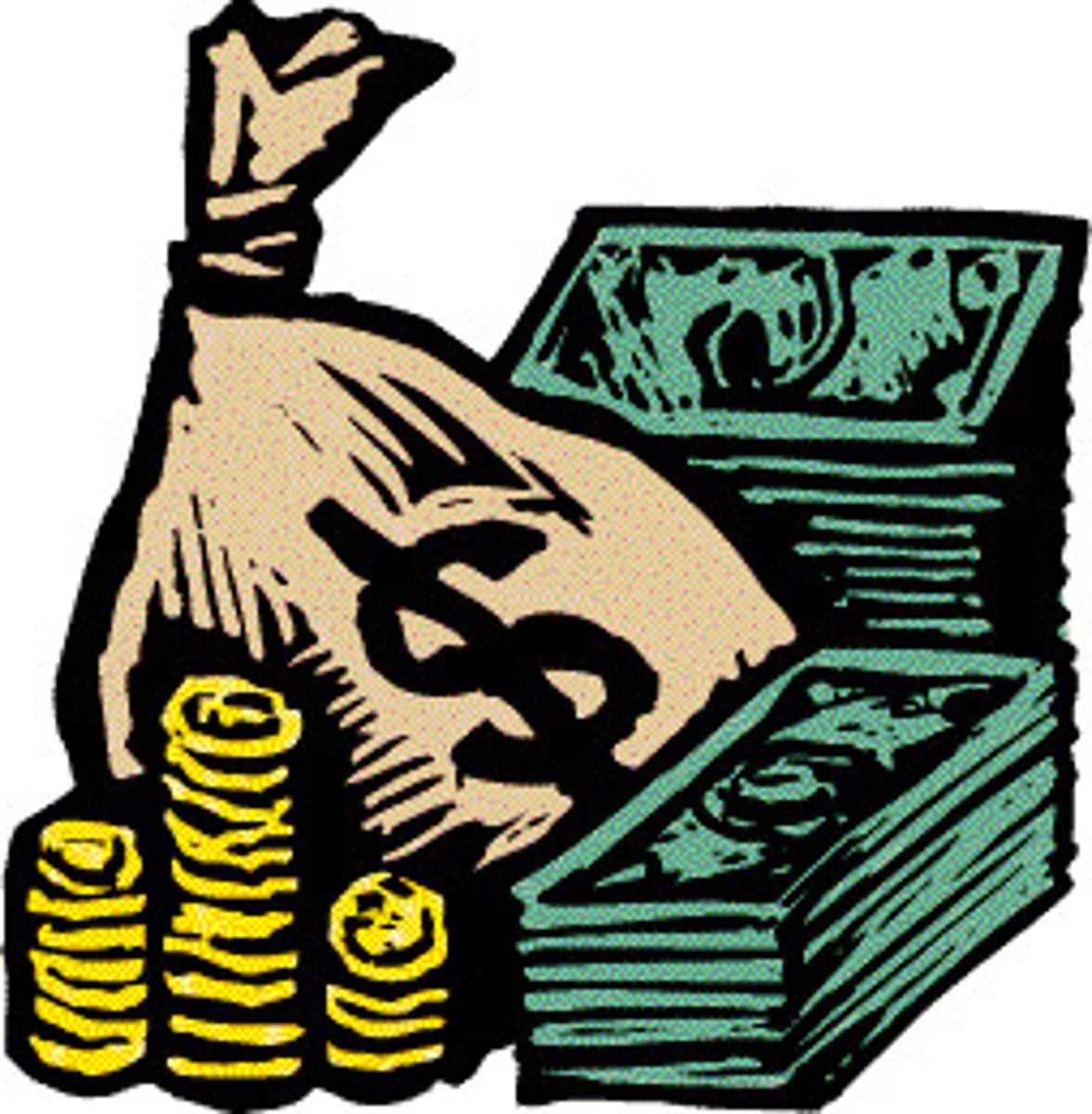
League of Nations
An organization of nations formed after World War I to promote cooperation and peace. It was unsuccessful because the US Senate did not ratify the Treaty of Versailles, thus prohibiting the US from participating.
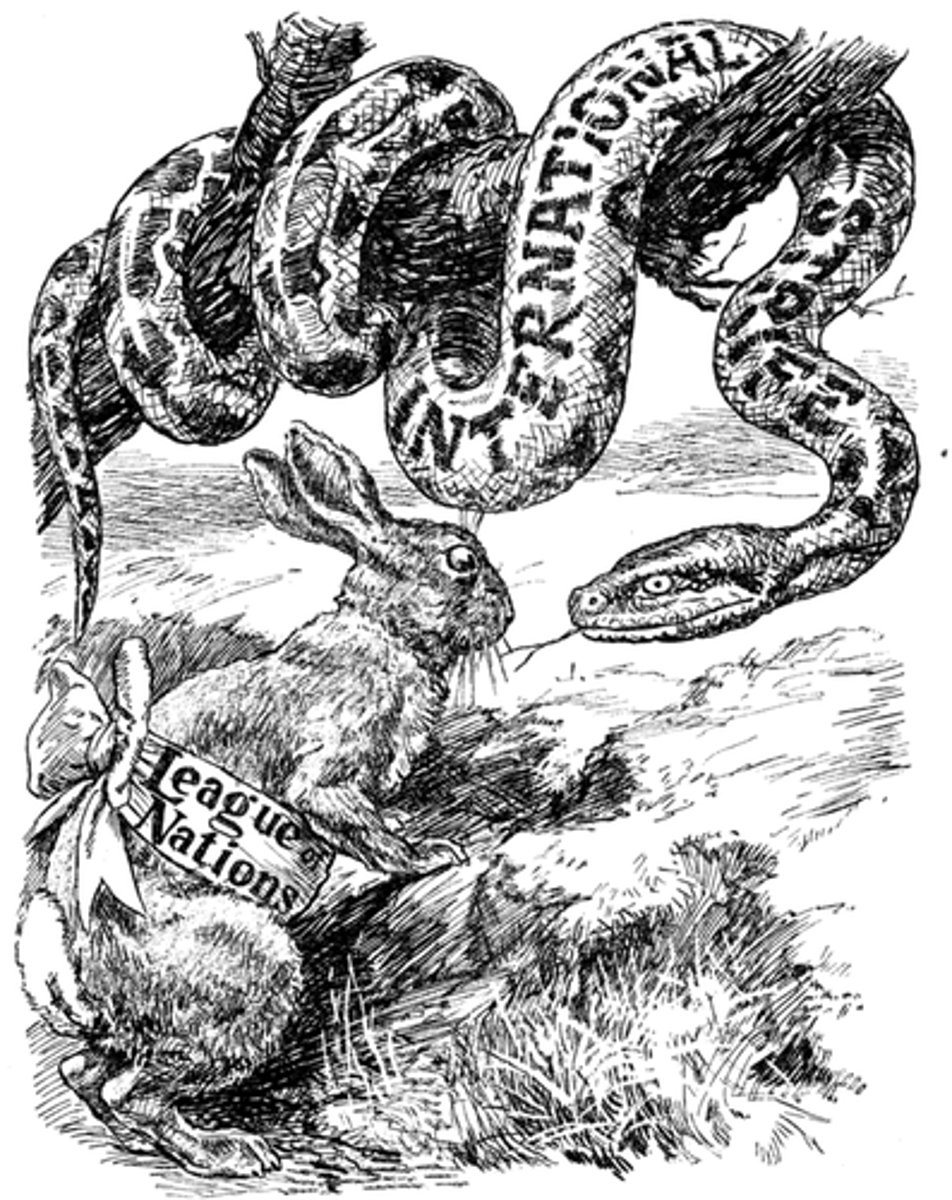
Weimar Republic
German representative democracy that was established in Germany in 1919 after WWI and the abdication of the Kaiser and ended in 1933 with the assumption of power by Adolf Hitler.
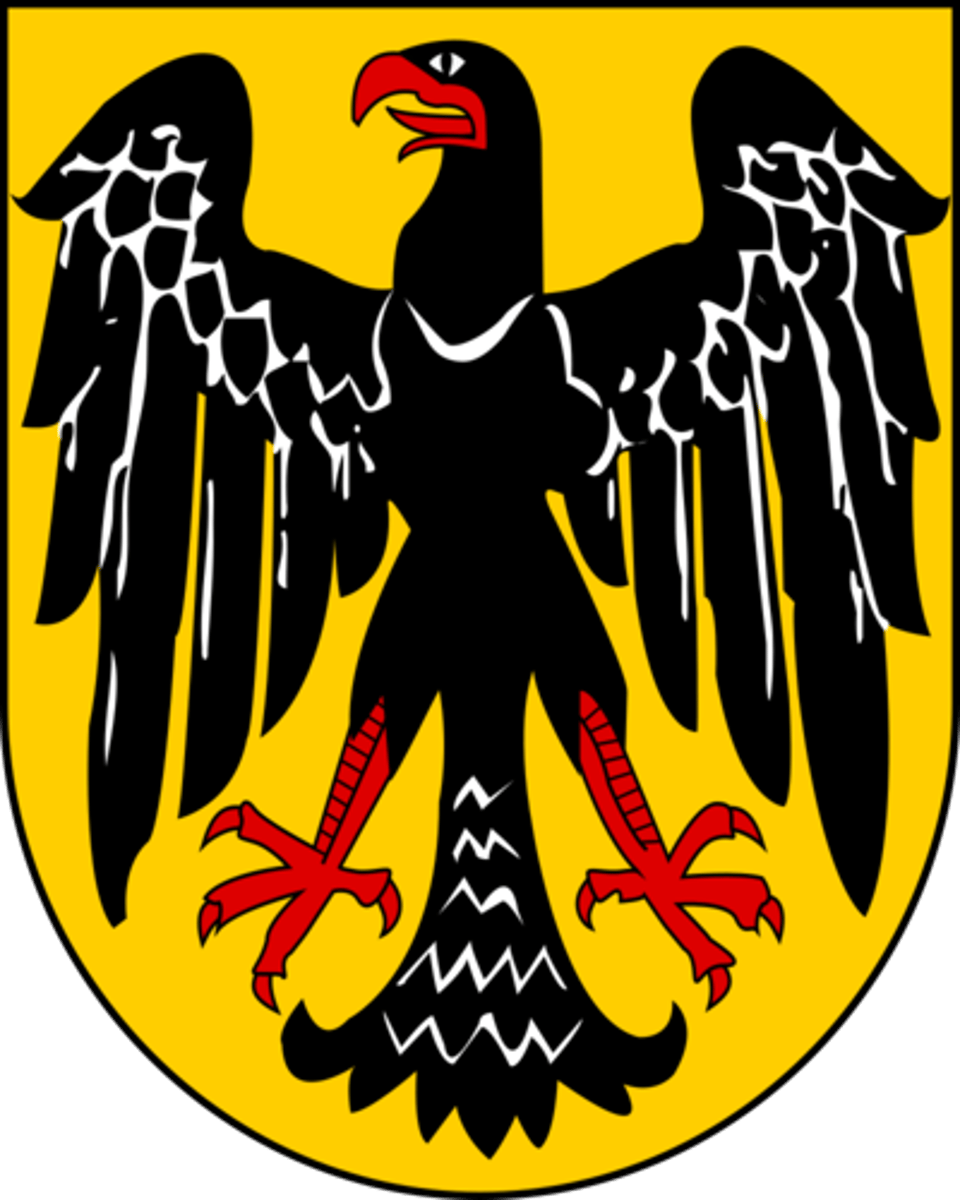
New Objectivity
Art movement that rejected the self-involvement and romantic idealism of the expressionists. The term took a life of its own and came to characterize the attitude of public life in Weimar Germany. It grew out of the war experiences of a group of German artists (Such as Otto Dix and George Grosz)
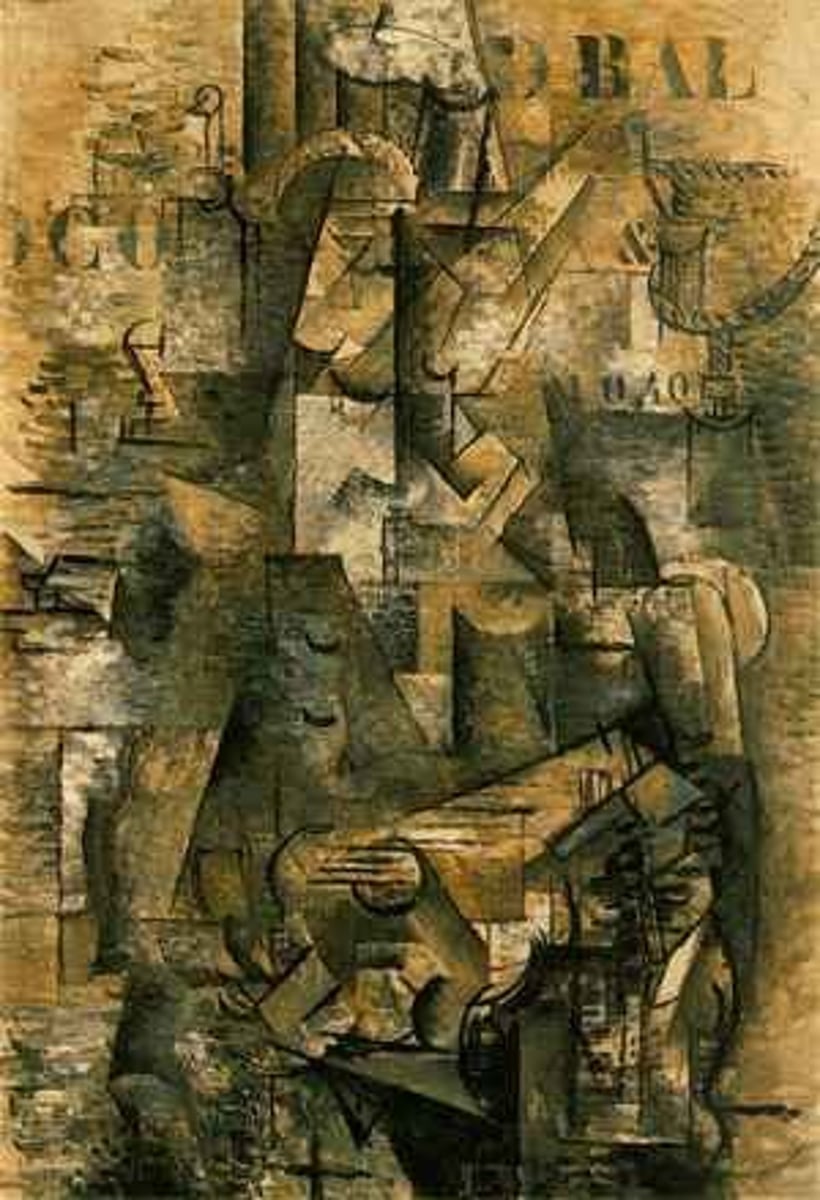
Otto Dix
a German painter and printmaker in the New Objectivity school, noted for his ruthless and harshly realistic depictions of Weimar society and the brutality of war.
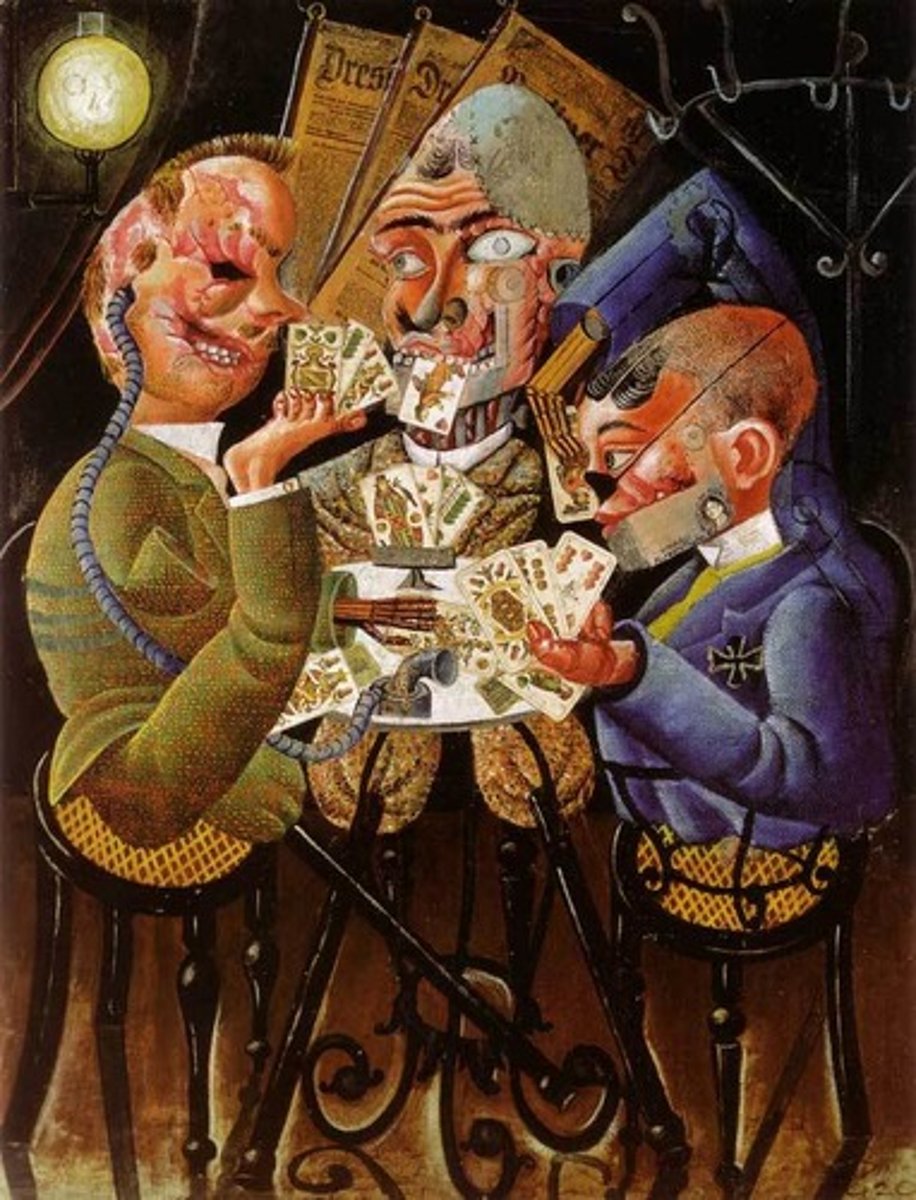
Anton Drexler
First leader and founder of the NSDAP (NAZI Party)
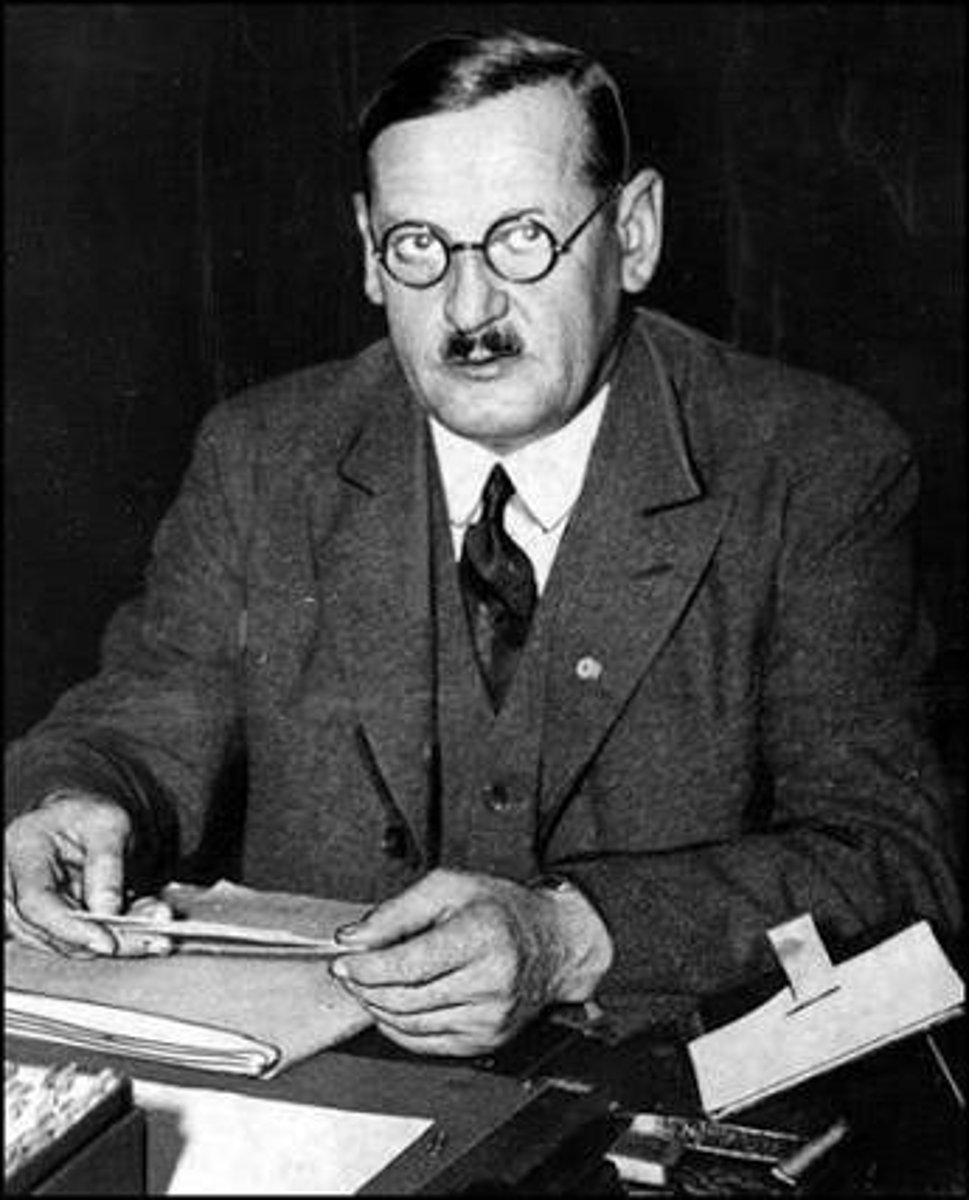
Karl Leuger
Anti-Semitic Mayor of Vienna who heavily influenced Hitler in fascist views, anti-semitism, and ruling methods.

Ernst Rohm
Founder of the SA (another paramilitary organization, a part of the old Nazi party, the predecessor to SS) German officer and early Nazi leader, was later executed by Hitler as a potential rival during the Night of the Long Knives
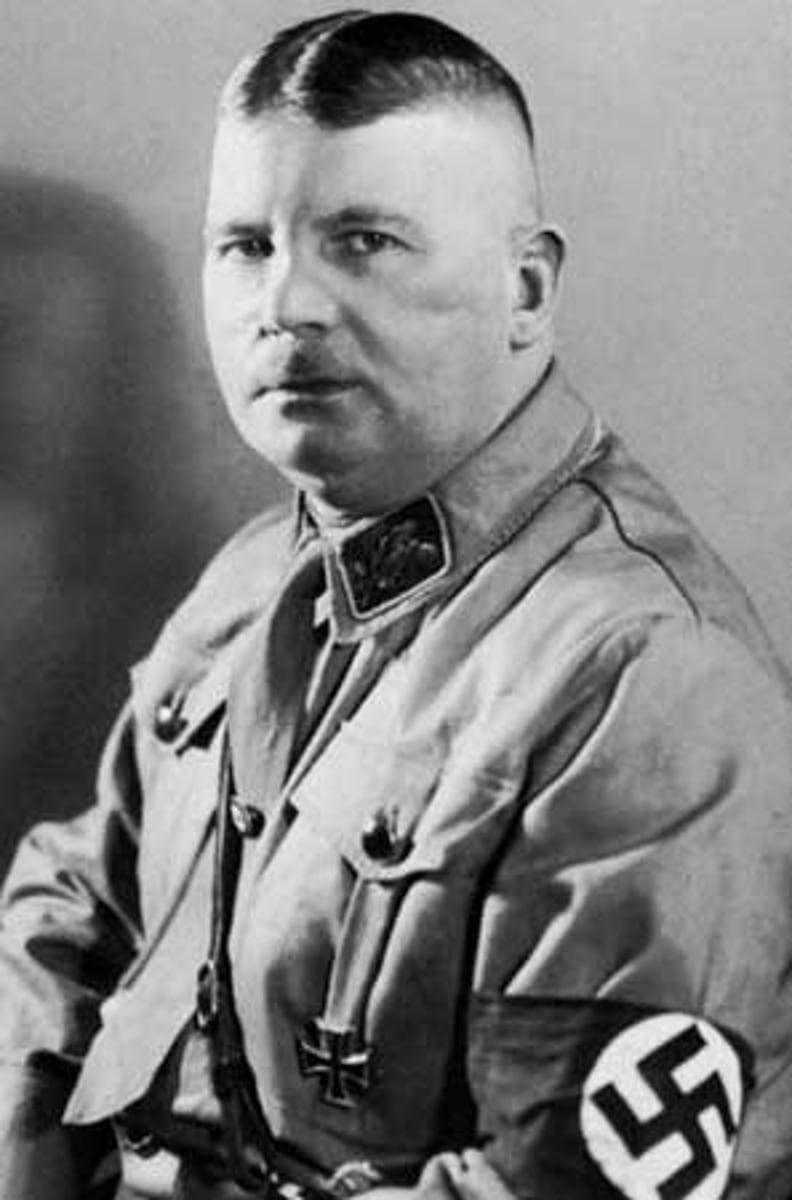
Sturmabteilung (SA)
Meaning "storm troops", Hitler's brown-shirted supporters employed to beat up opponents. Chief Nazi instrument of terror / intimidation for other parties, private party "army" even though treaty of versailles forbade one
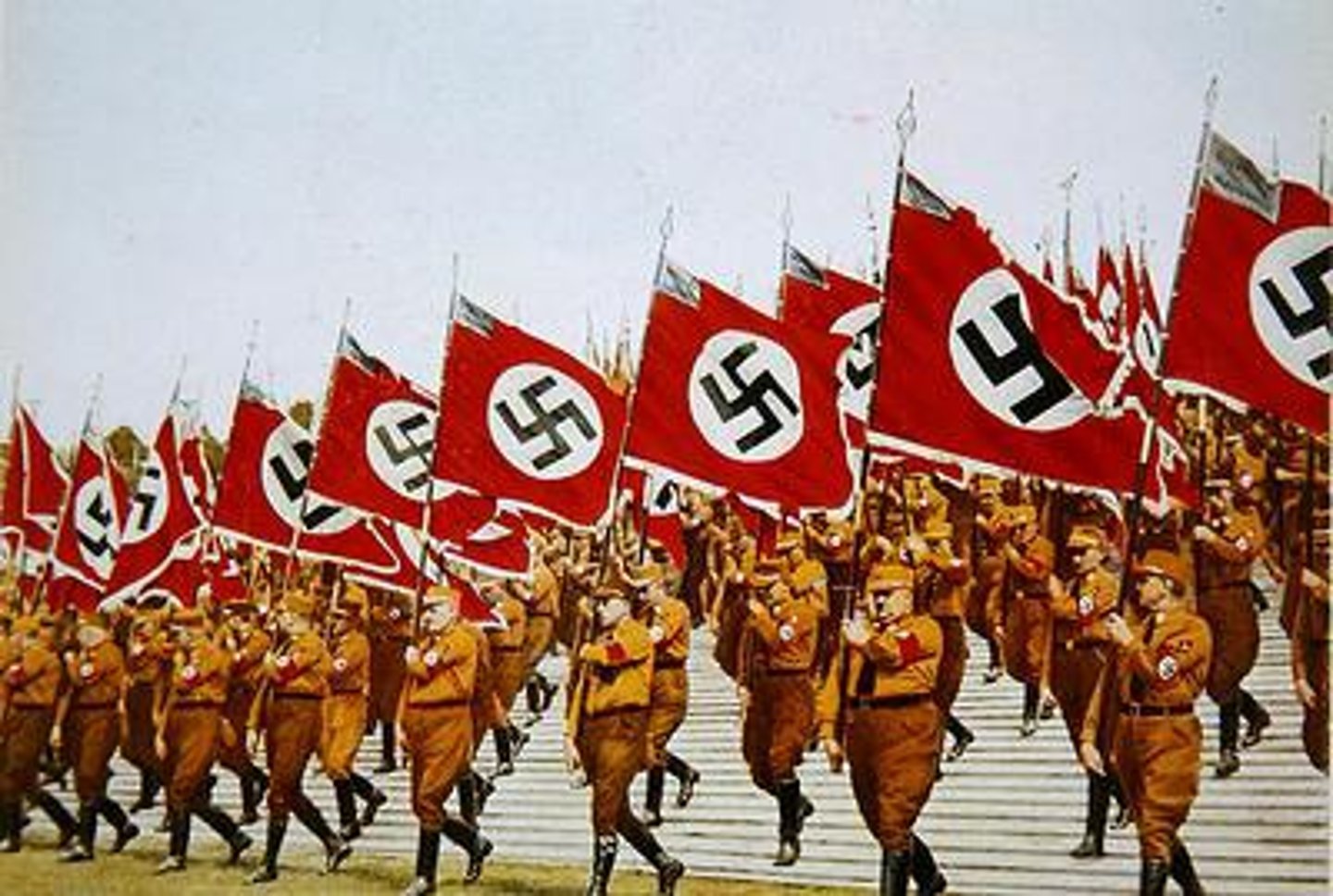
Adolf Hitler
Austrian born leader of the NAZI party who led the Munich Putsch, was jailed, wrote Mein Kampf, lost the Presidential election of 1932, but who was appointed Chancellor of Germany in 1933.
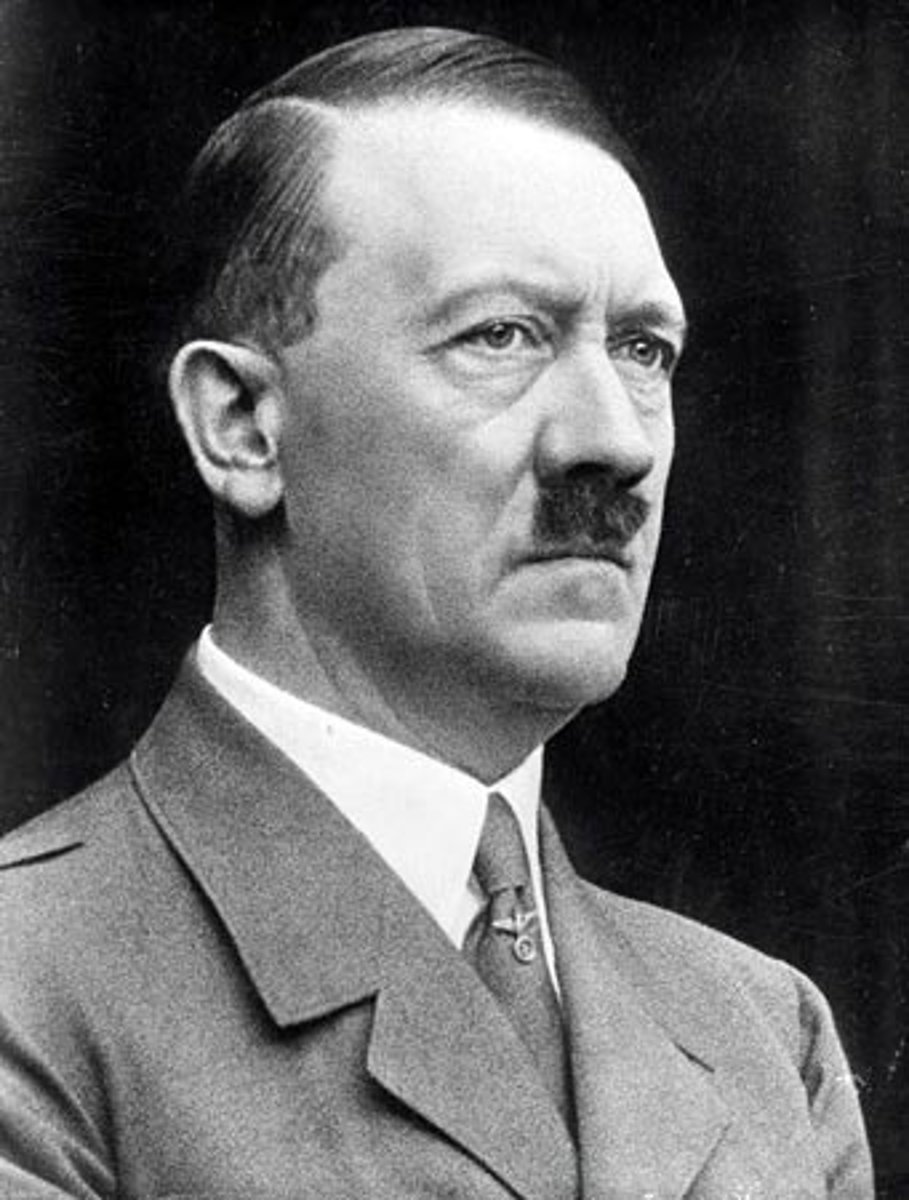
Reichswehr
The German army during the time of the Weimar Republic.
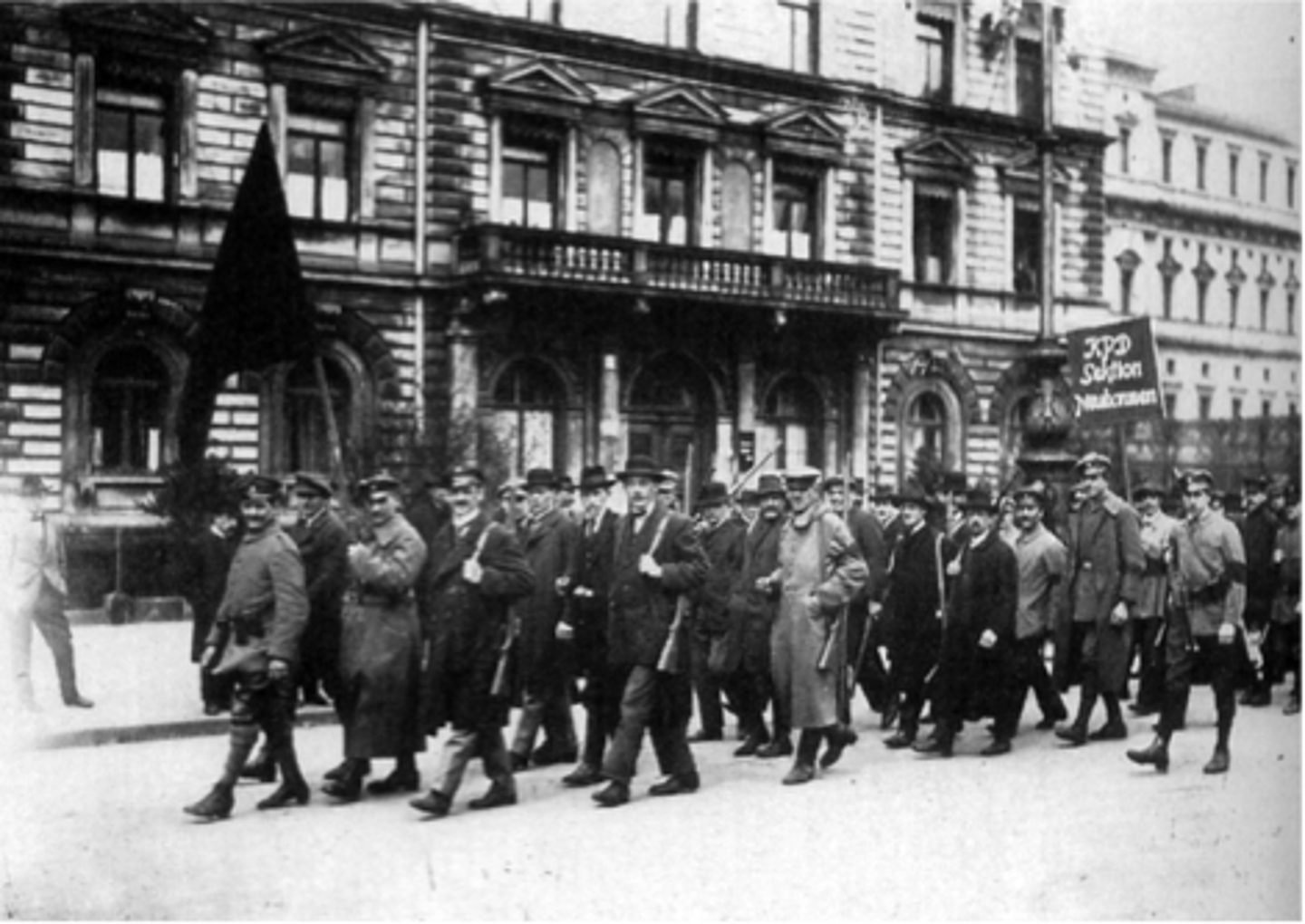
Wolfgang Kapp
A right-wing leader who tried to overthrow the German Weimar government in 1920. You should think of him and his attempted overthrow within the larger context of political chaos during the period of 1918 to 1923.
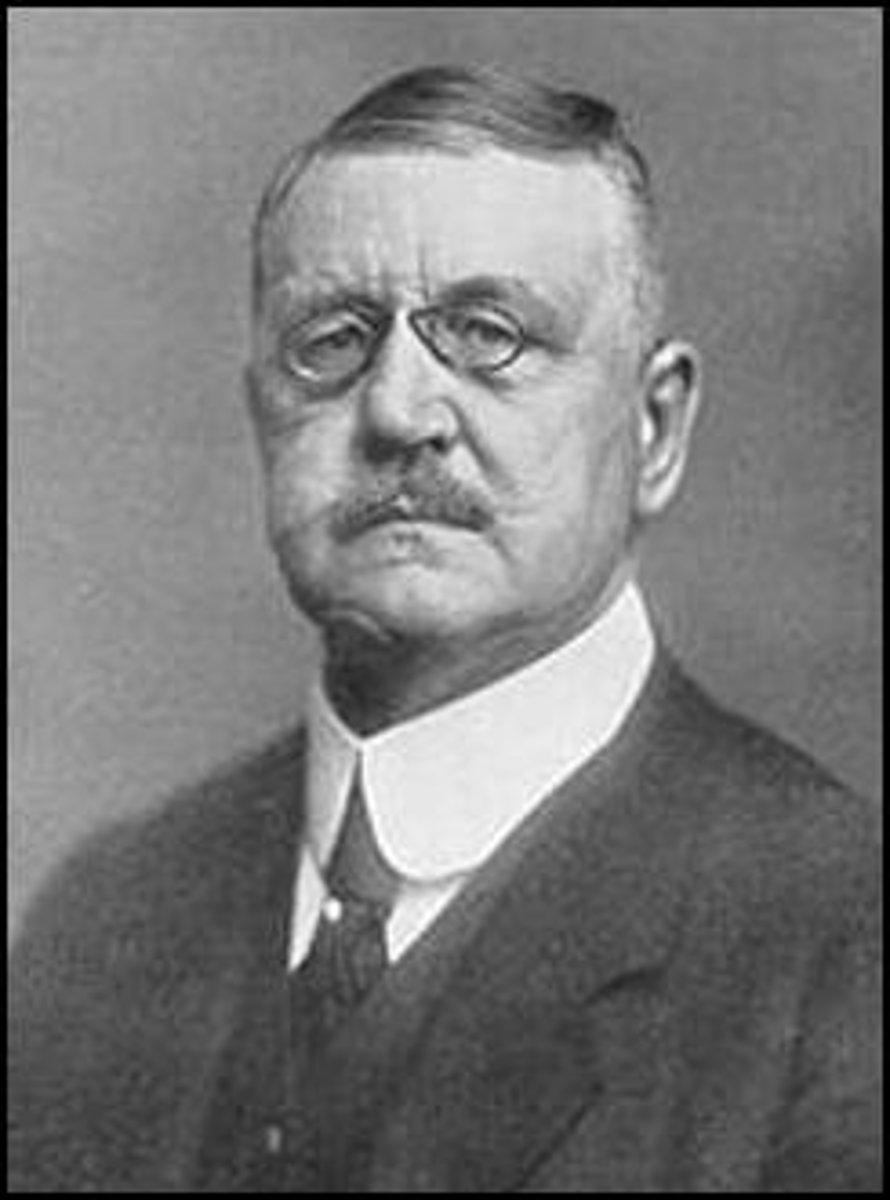
Caberet
Style of music as well as social clubs during Weimar Republic in Germany
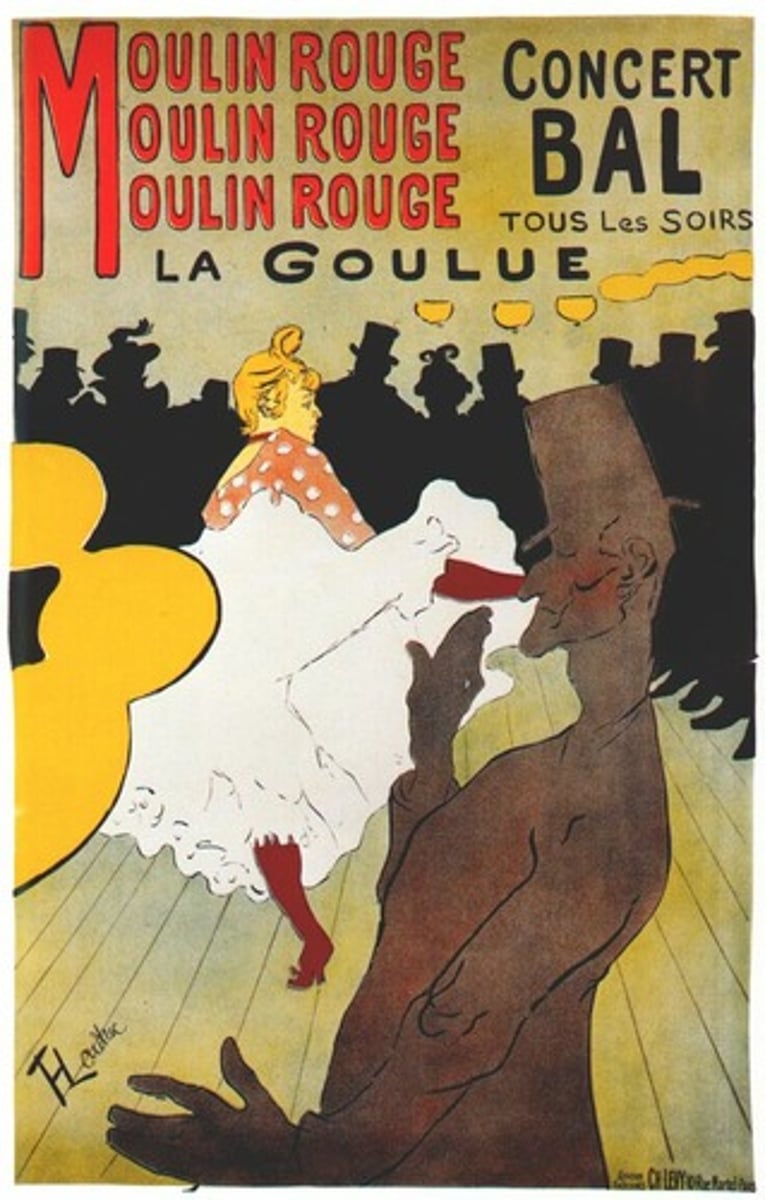
Berlin
Capital of Germany during and after Weimar Germany
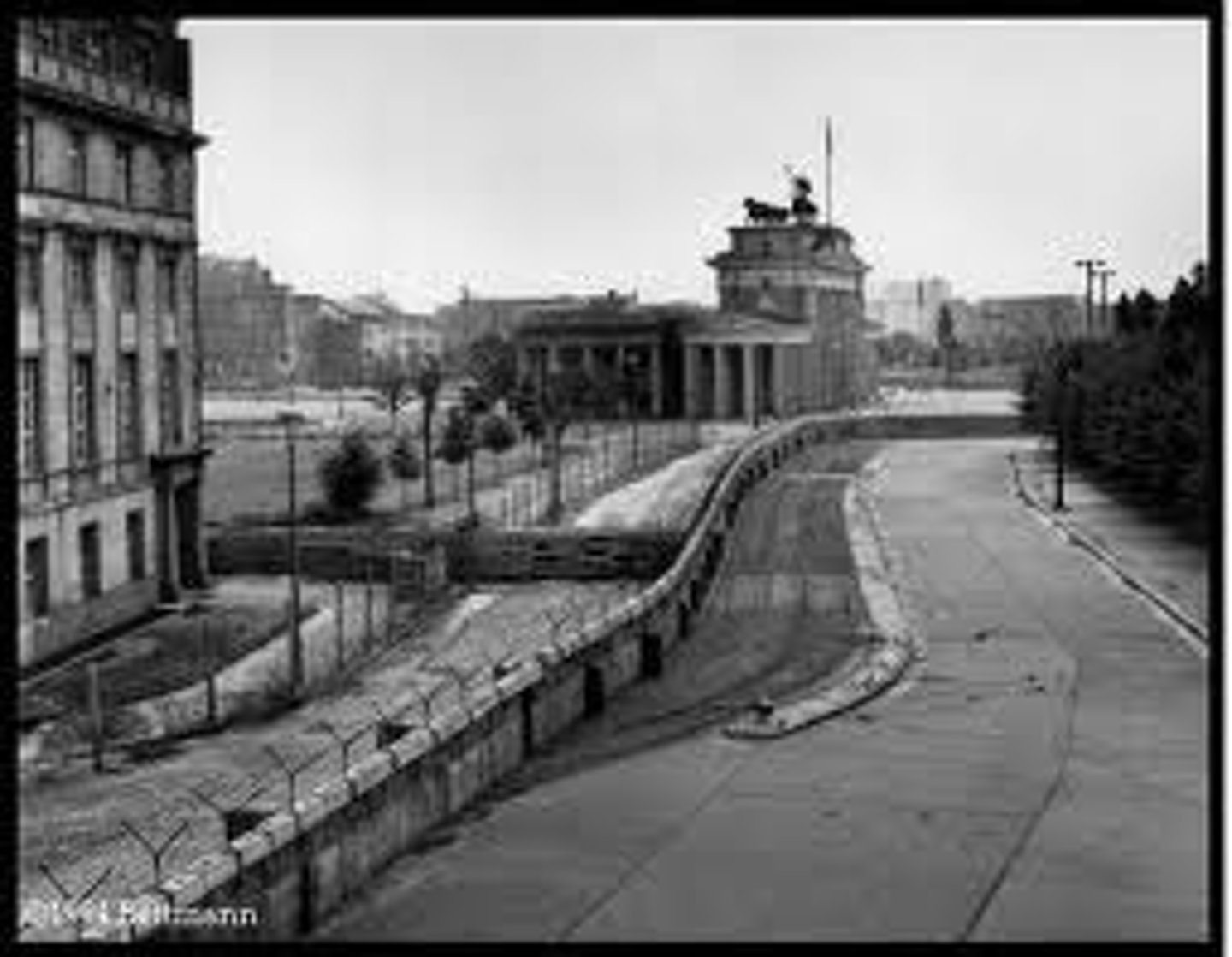
George Grosz
German painter in New Objectivist (like Otto Dix) and Dada school (rejected the logic, reason, and aestheticism of modern capitalist society, instead expressing nonsense, irrationality, and anti-bourgeois protest in their works)
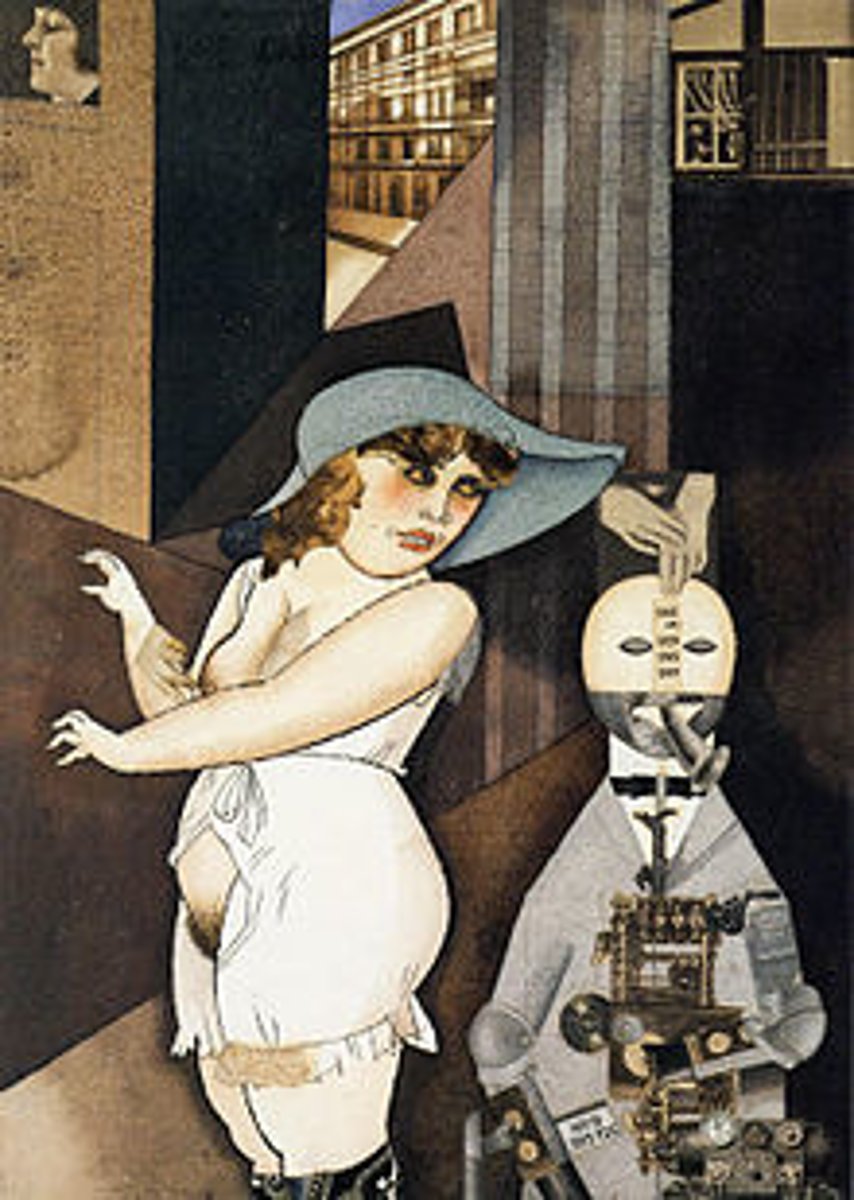
Enabling Act
this act gave Hitler absolute power for four years, which he used to take over the bureaucracy and implant his own sub Nazi groups in government that were only responsible to him. These acts meant that Hitler had attained power of Germany in a legal, legitimate process.
Reischstag Fire
Shortly after Hitler is appointed chancellor, this event became the basis for his call to outlaw the communist party and to push for increased emergency powers..
Locarno Treaties
A series of treaties that settled Germany's disputed borders with France, Belgium, Czech, and Poland
Hjalmar Schacht
Key minister of economics created new currency to save Germany and devised four year economic plan. In 1923, he introduced the temporary new currency the retenmark.
Rhineland Pact
This pact confirmed Germany's acceptance of its Western border with the loss of Alsace-Lorraine. The borders were guaranteed by Britain, Italy, Belgium, and France. The French promised to withdraw troops from the Rhineland.
Red Fighting League (RFL)
a communist paramilitary group that often engaged in street clashes with the Nazi SA.
Harzburg Front
Right-wing German groups and parties which formed a united front against Chancellor Bruning in October 1931.
Herman Goring (German)
Joined the Nazi Party in 1923 and was one of Hitler's most trusted advisors. With Himmler, he helped arrange the Night of Long Knives, supervised the Four-Year Plans and was later head of the Luftwaffe
Gleichschaltung
Hitler's technique of using Nazi-controlled associations, clubs, and organizations to coordinate his revolutionary activities.
Knight of the Long Knives
June 30, 1934. Hitler eliminated many enemies (including Rohm & other Nazis). This was an important step in Hitler's consolidation of power.